| Title | Fort Stanwix |
| Park Code | fost |
| Description | For centuries, the Oneida Carrying Place, a six-mile portage connecting the Mohawk River and Wood Creek, served as a vital link for those traveling by water from the ocean to the Great Lakes. When Europeans arrived, nations fought for control of ... |
| Location | |
| Contact | |
| Activities |
|
| Entrance fees |
|
| Campgrounds | Count: 0
|
| Places | Count: 34
Drawbridge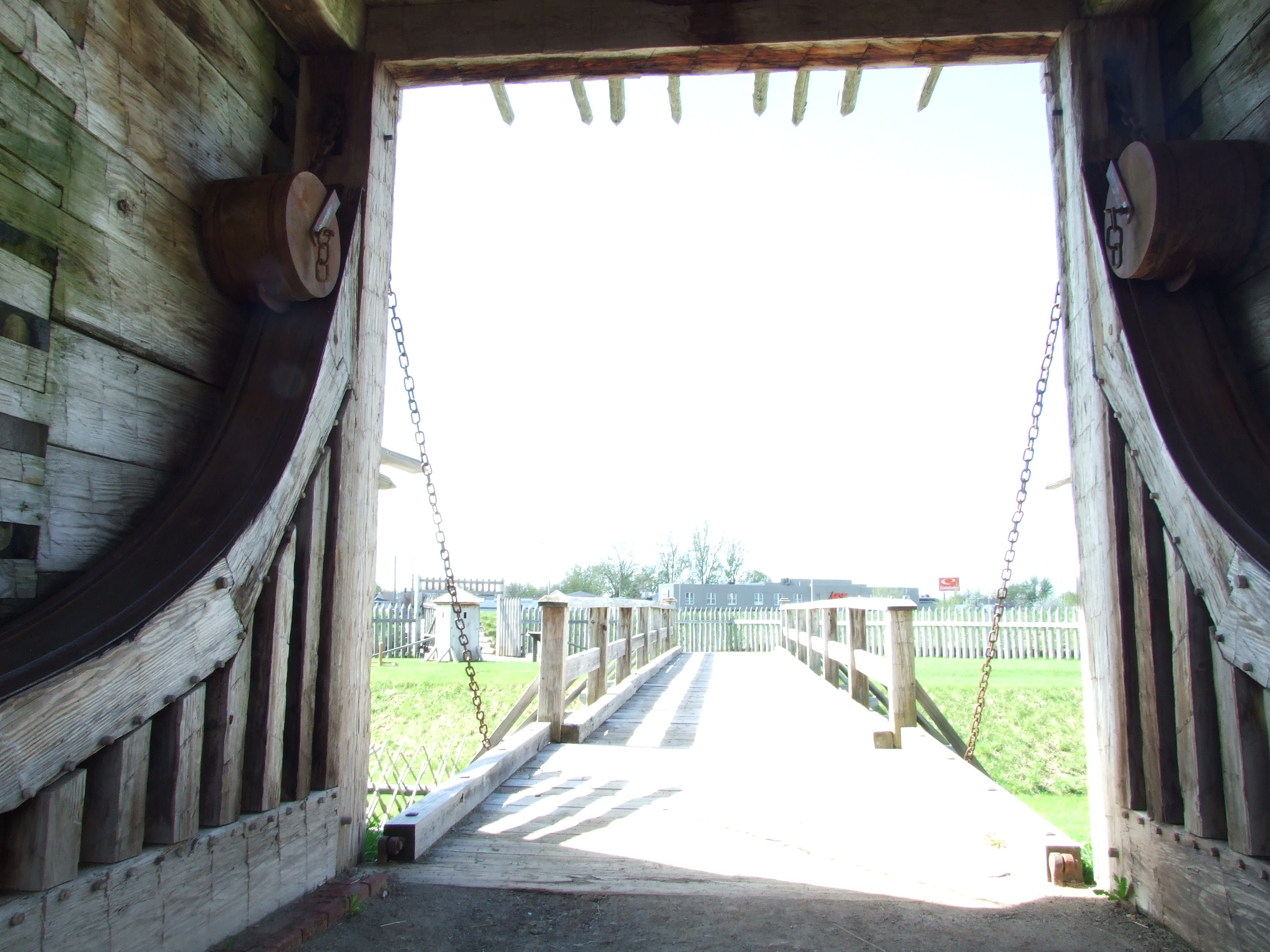
East Barracks Officer's Quarters
East Barracks, Missionary's Quarters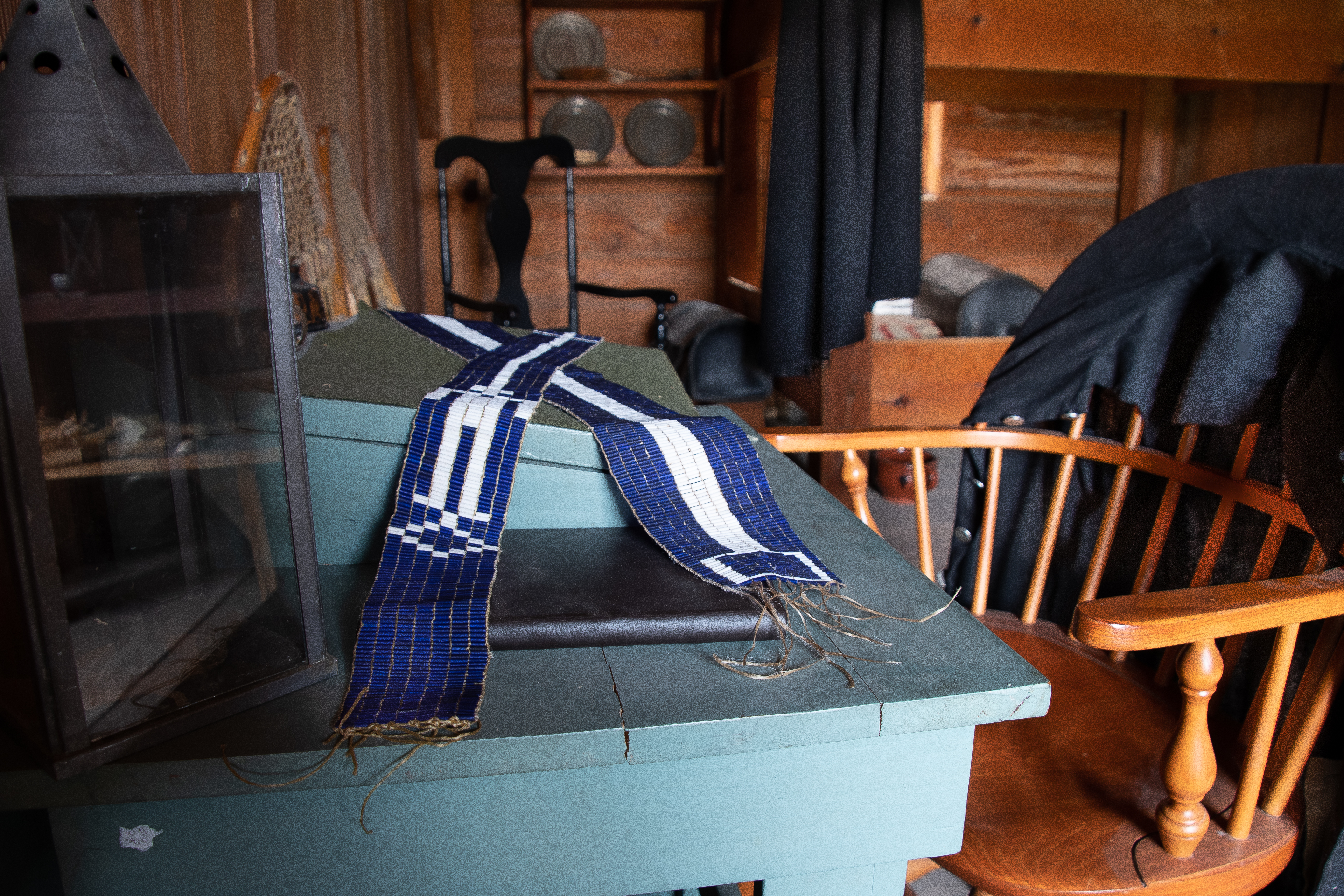
East Barracks, Officer's Family Quarters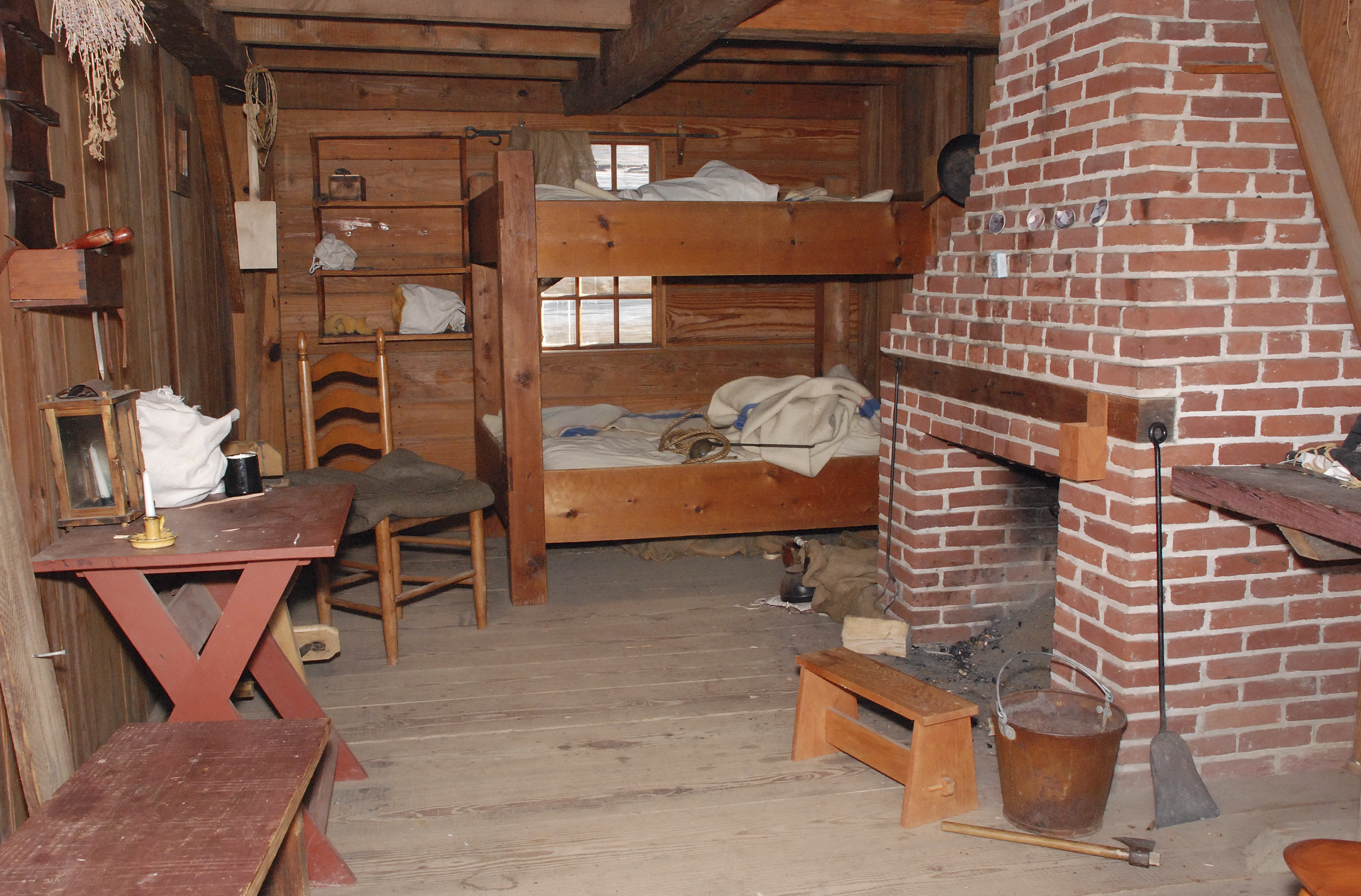
East Barracks, The Suttler
Fort Bull - Fort Wood CreekIn 1755 two forts were built by the British to protect each end of the Oneida Carrying Place, a strategic land portage located between the Mohawk River and Wood Creek. Fort Bull (Wood Creek Fort) named after its commander Lt. William Bull was located on the western side of the portage and also served as a supply depot for the British garrison at Oswego. 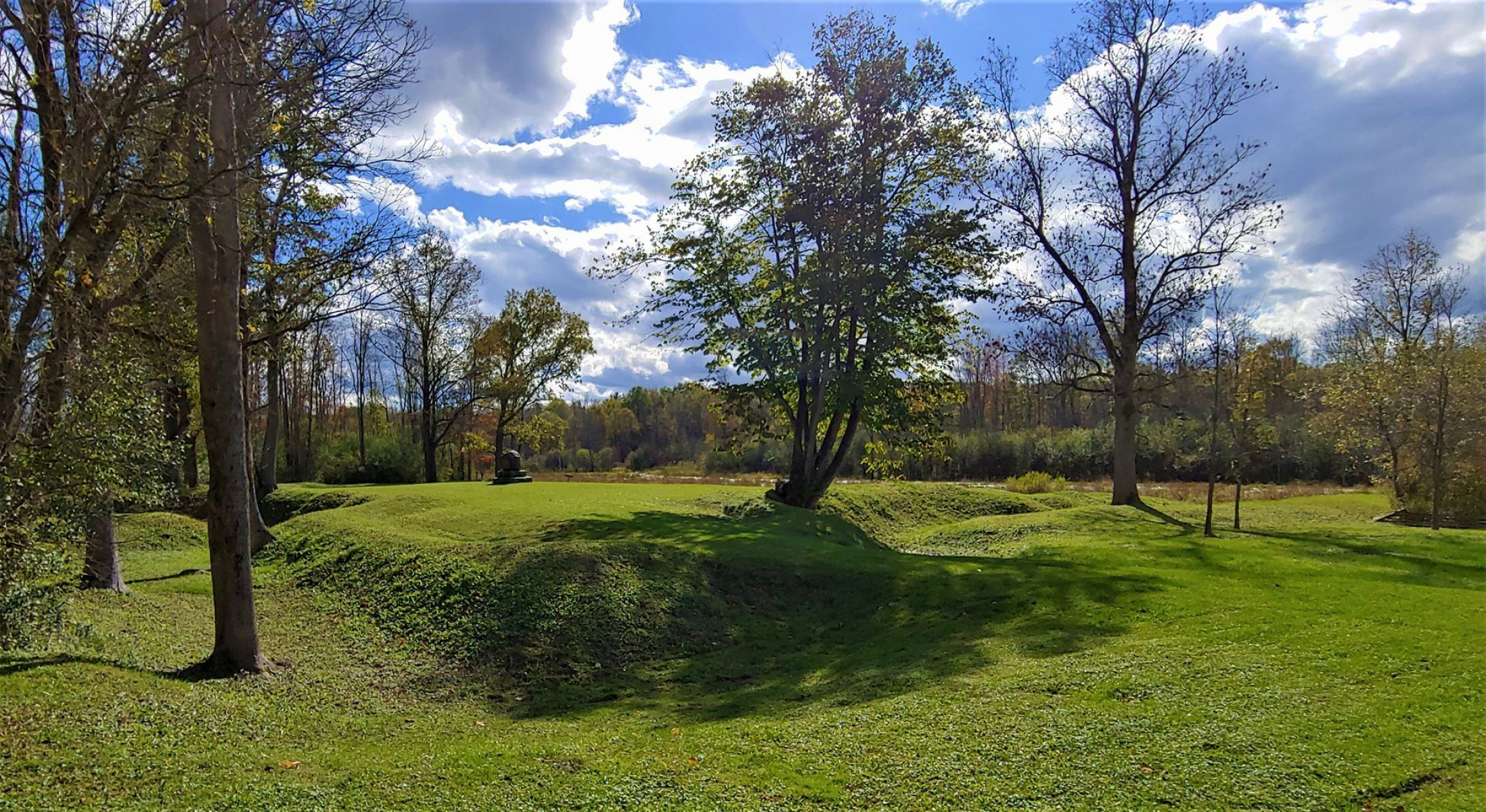
Fort Main Gate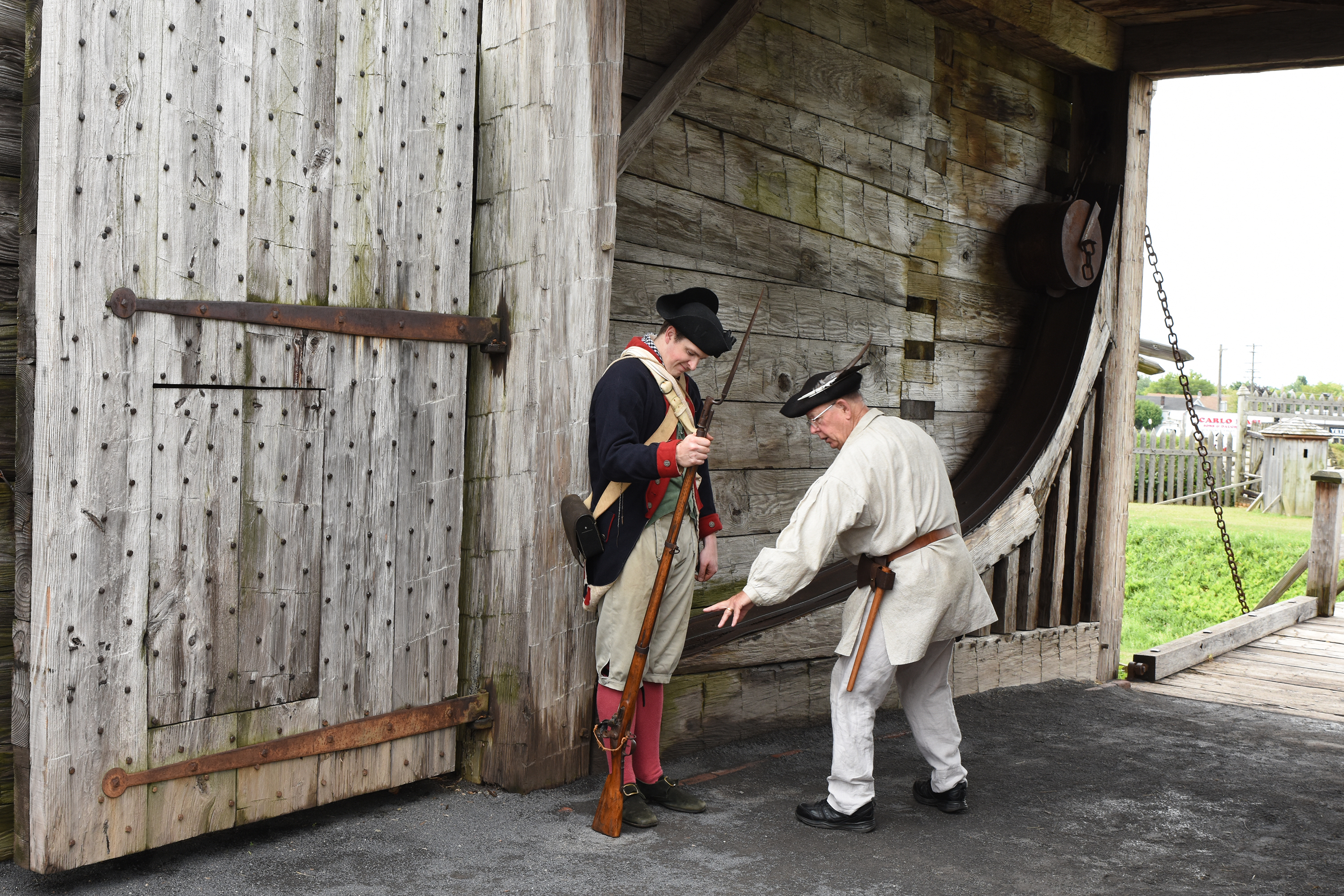
Fort Stanwix Flag Pole BastionLearn more about the famous flags that flew over the fort and the history behind them! 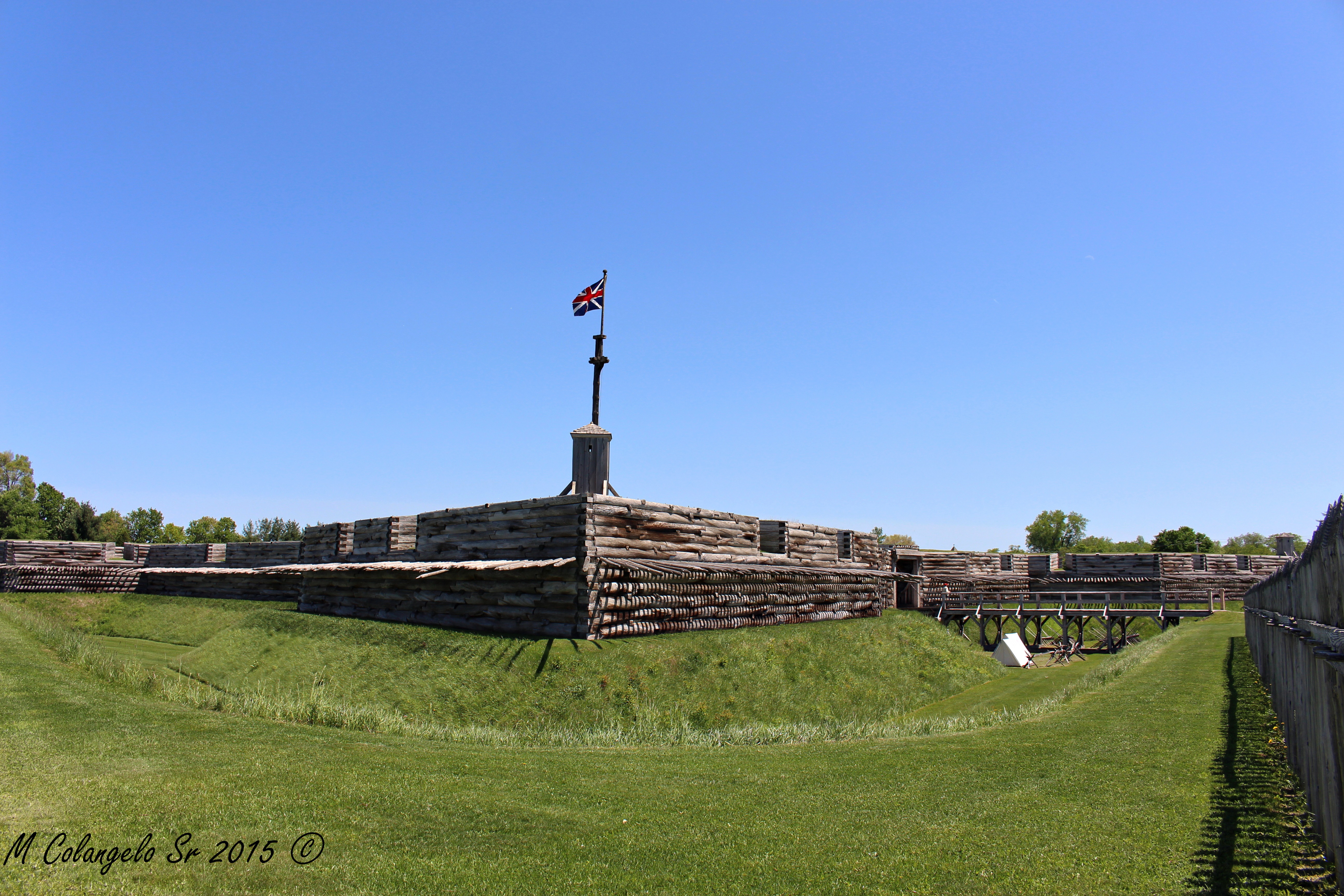
Fort Stanwix Salleyport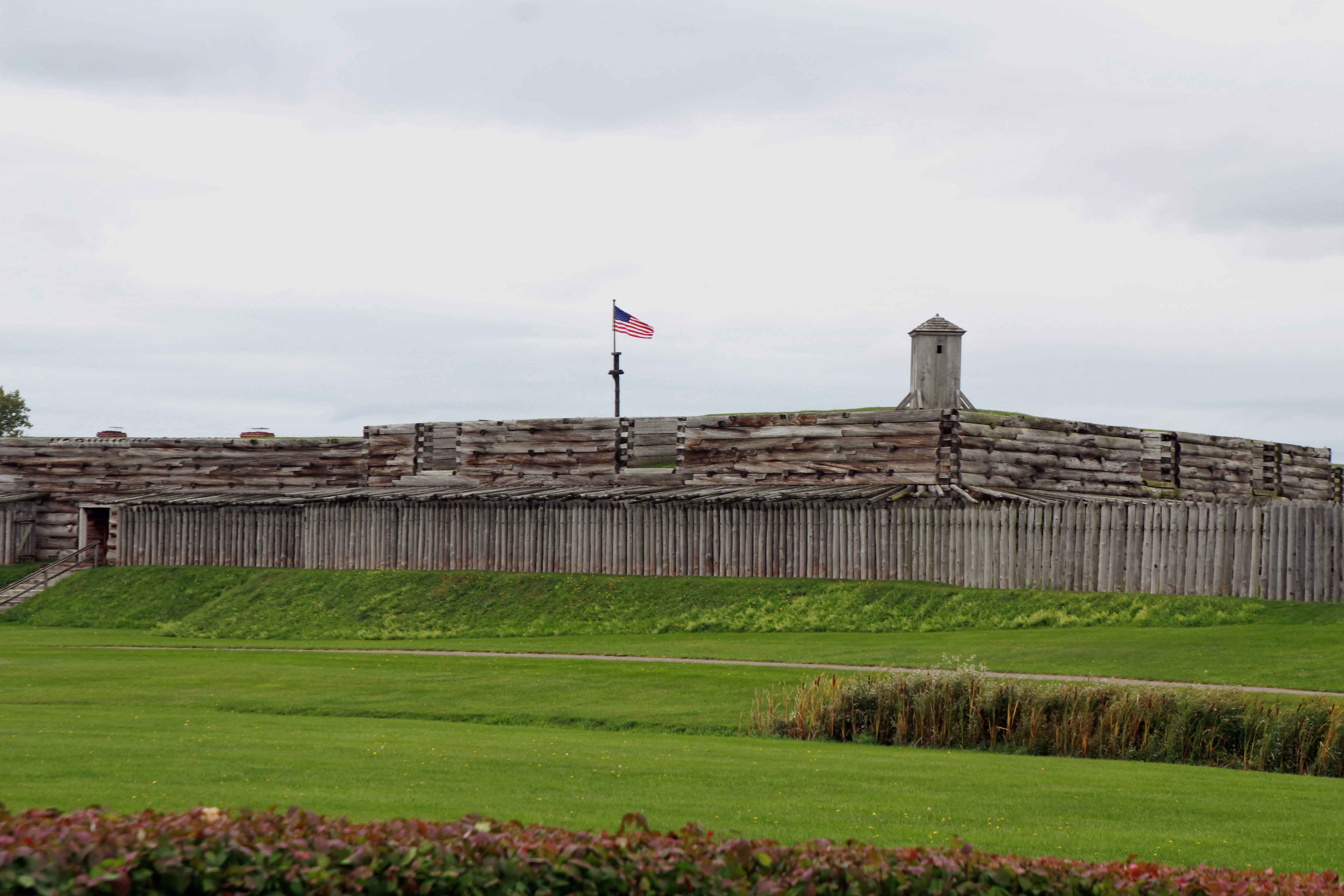
Fort Stanwix: Recreated Historic FortAt Fort Stanwix National Monument you can visit a reconstructed version of the historic fort. It was built with the original plans, on original grounds, and with original techniques. Room tour available via NPS App. 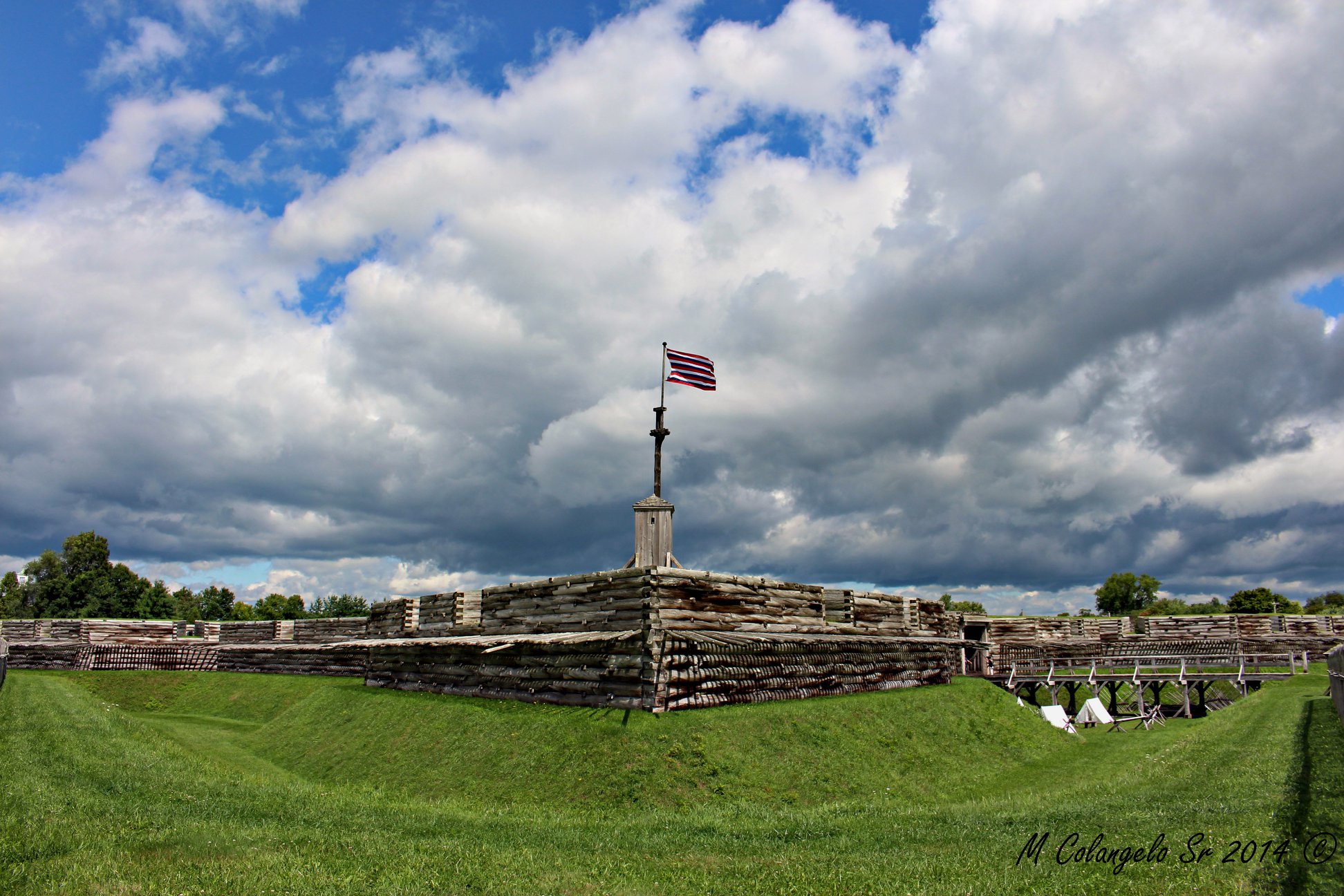
Gansevoort ParkThis local park is dedicated to the memory of the the commander of the fort. Found with in its boundaries are statues, markers, and other interesting historical tidbits. 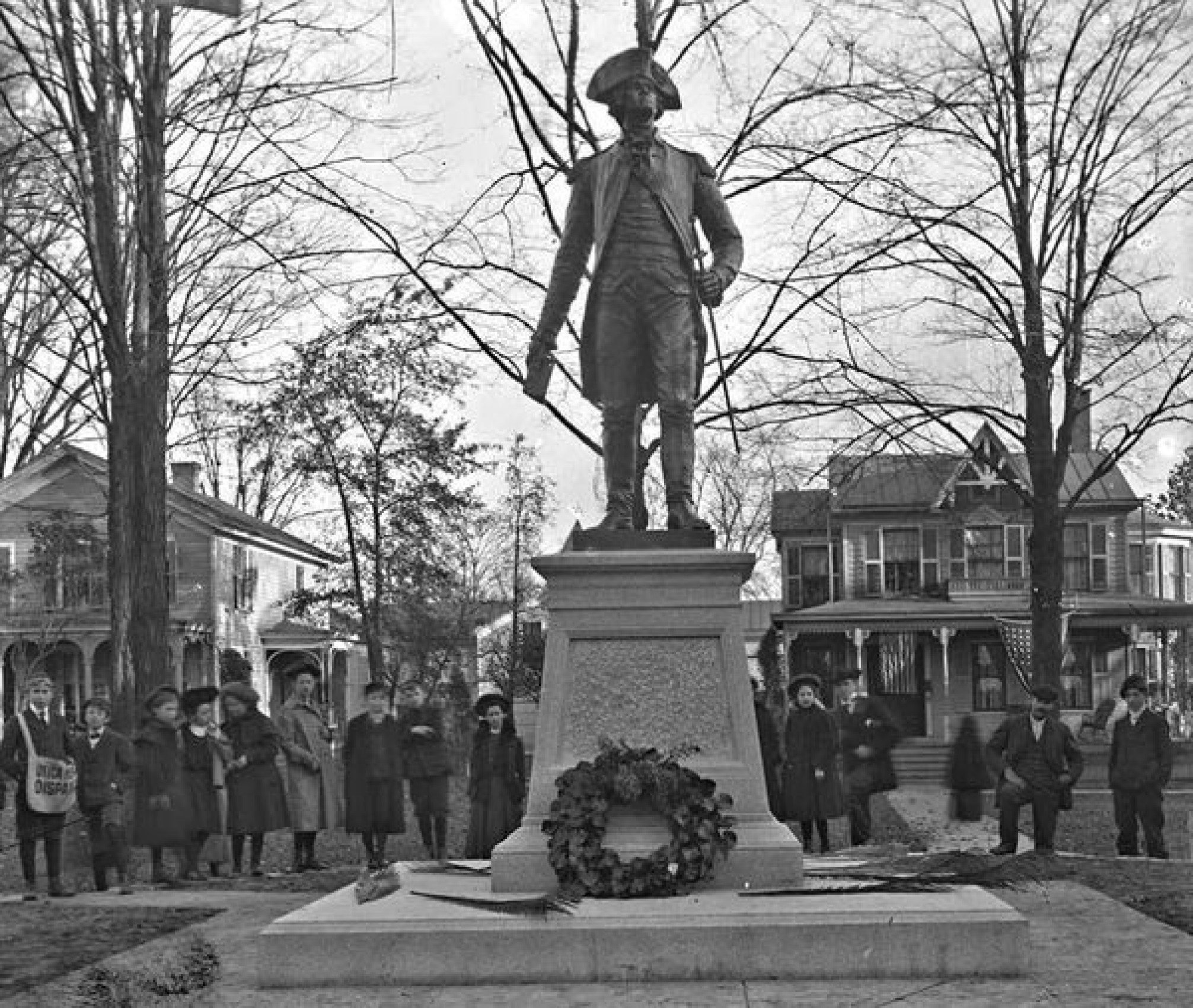
Historic Hearth Room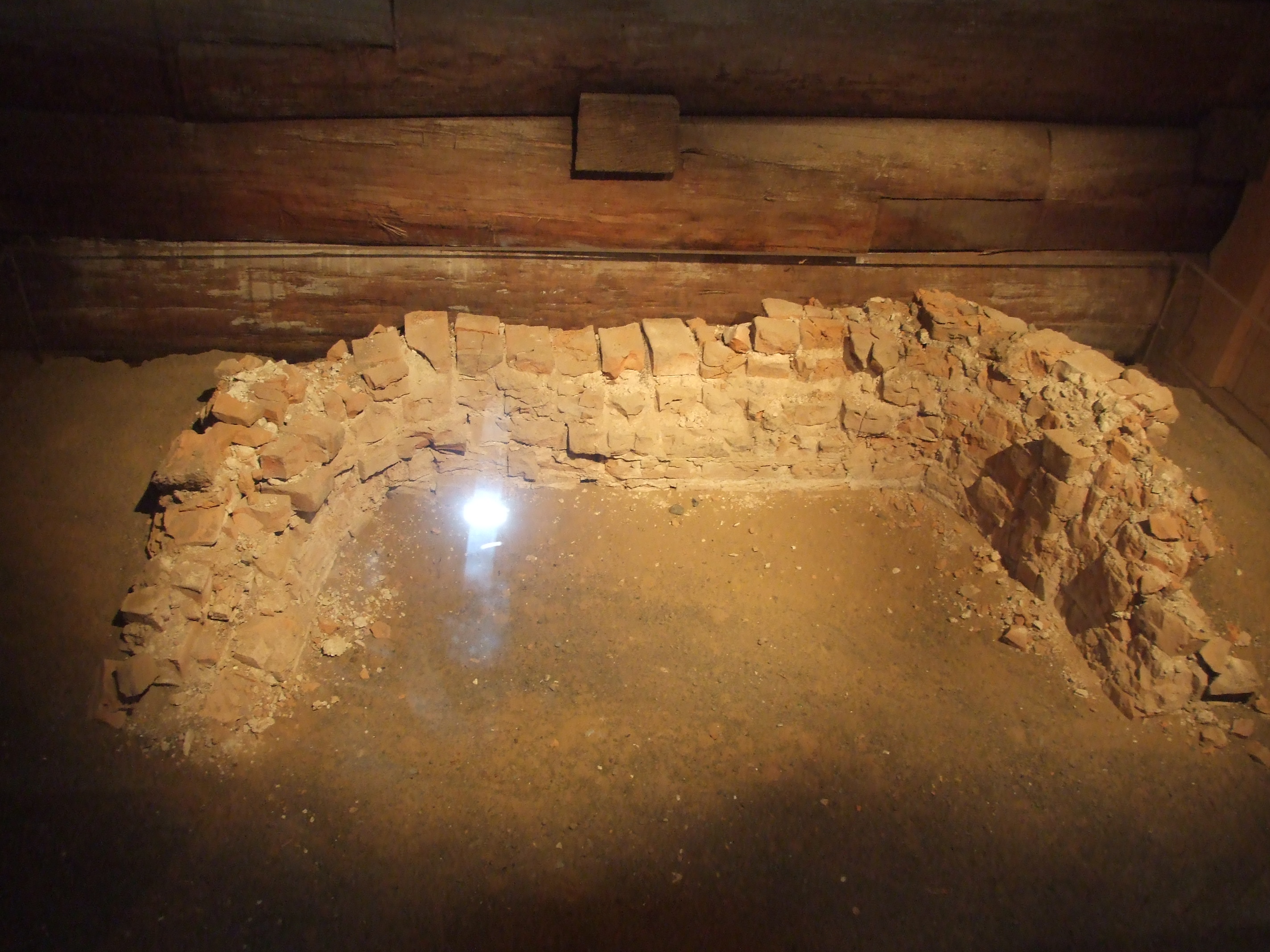
Lower Landing PlaceThe Lower Landing of the Mohawk River marks the eastern-most end of the Oneida Carry. An ancient trail used for trade and transportation, and at one point, protected by the historic Fort Stanwix/Schuyler. 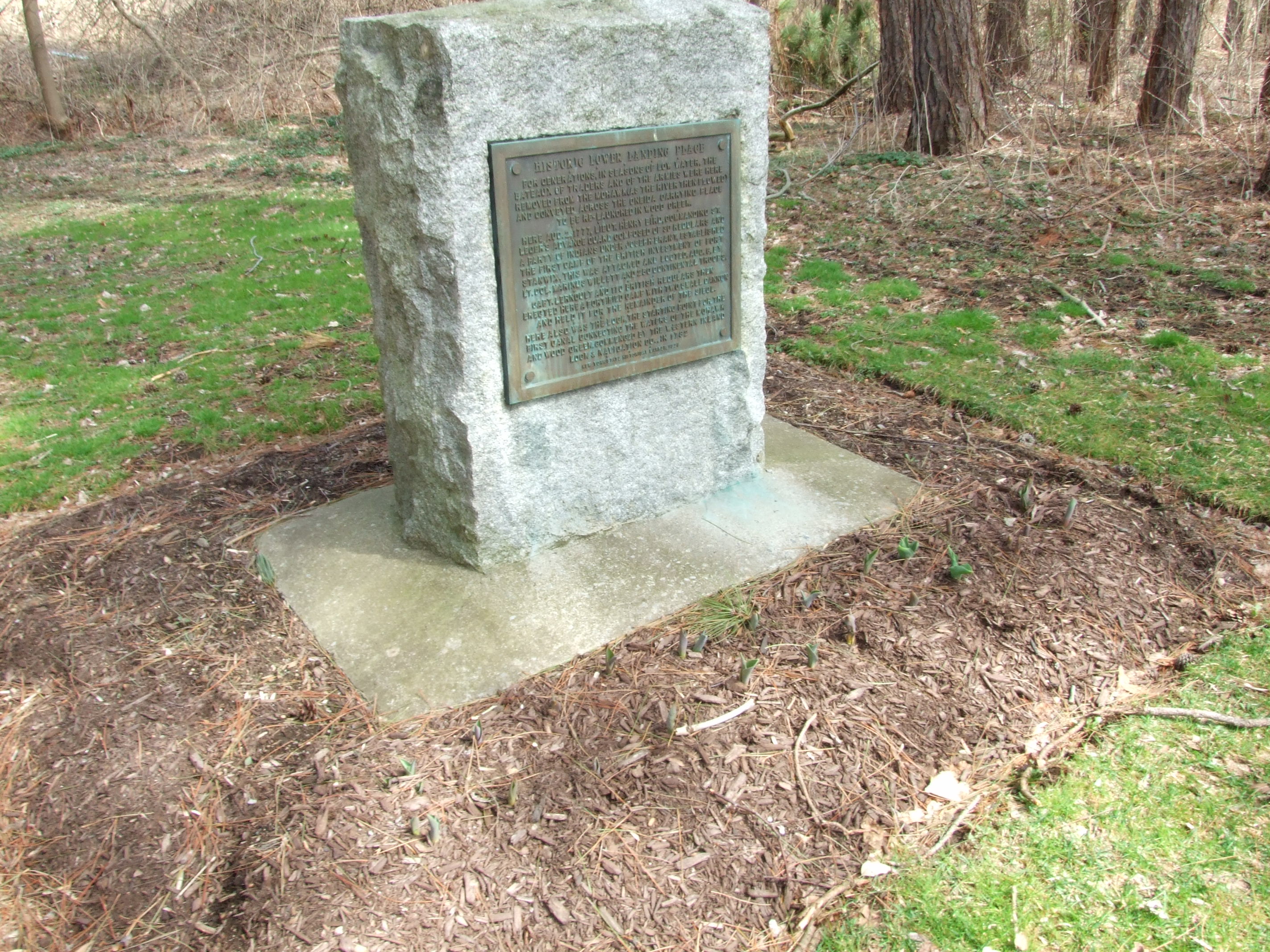
North Casemate, Commandant's Quarters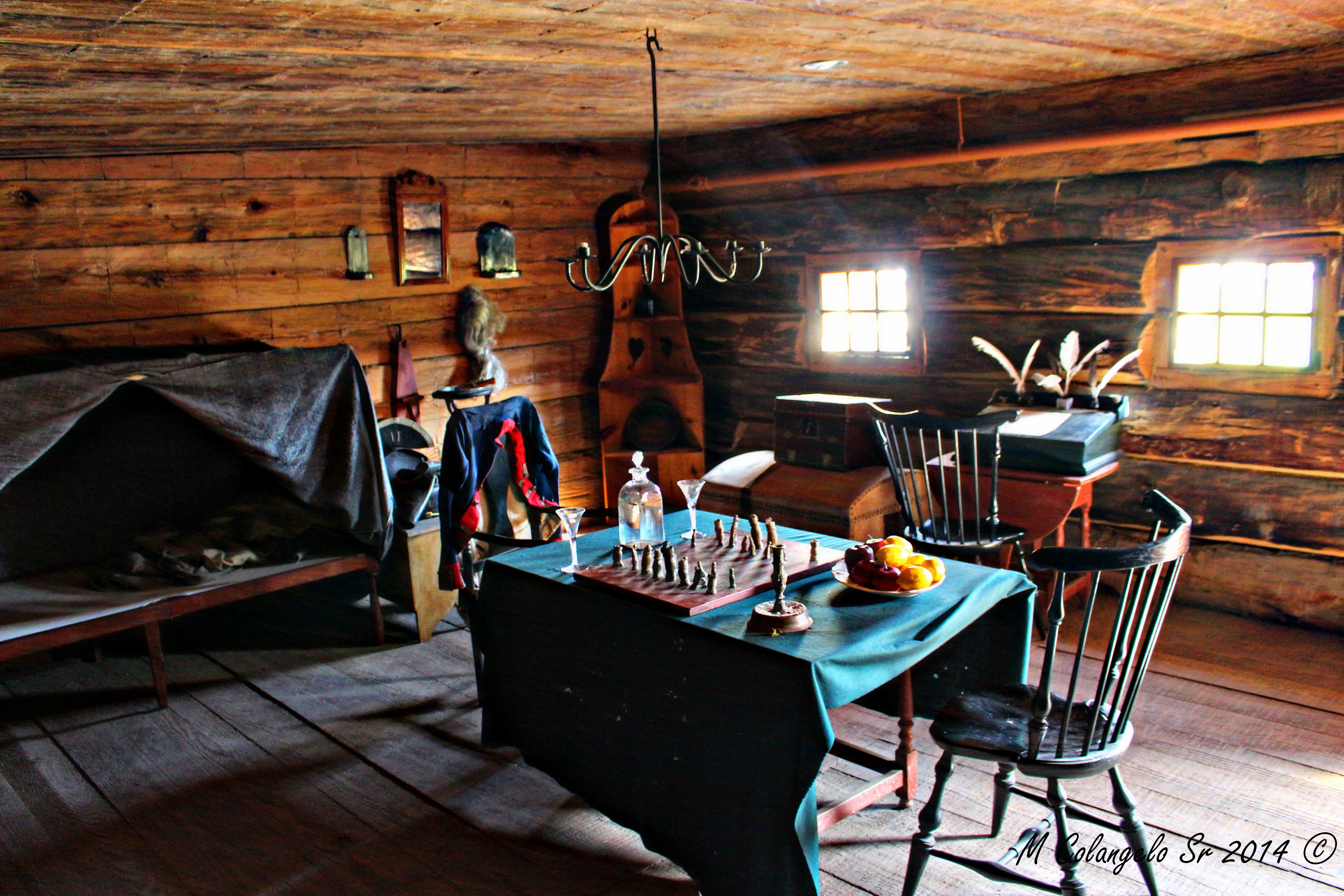
North Casemate, Orderly Room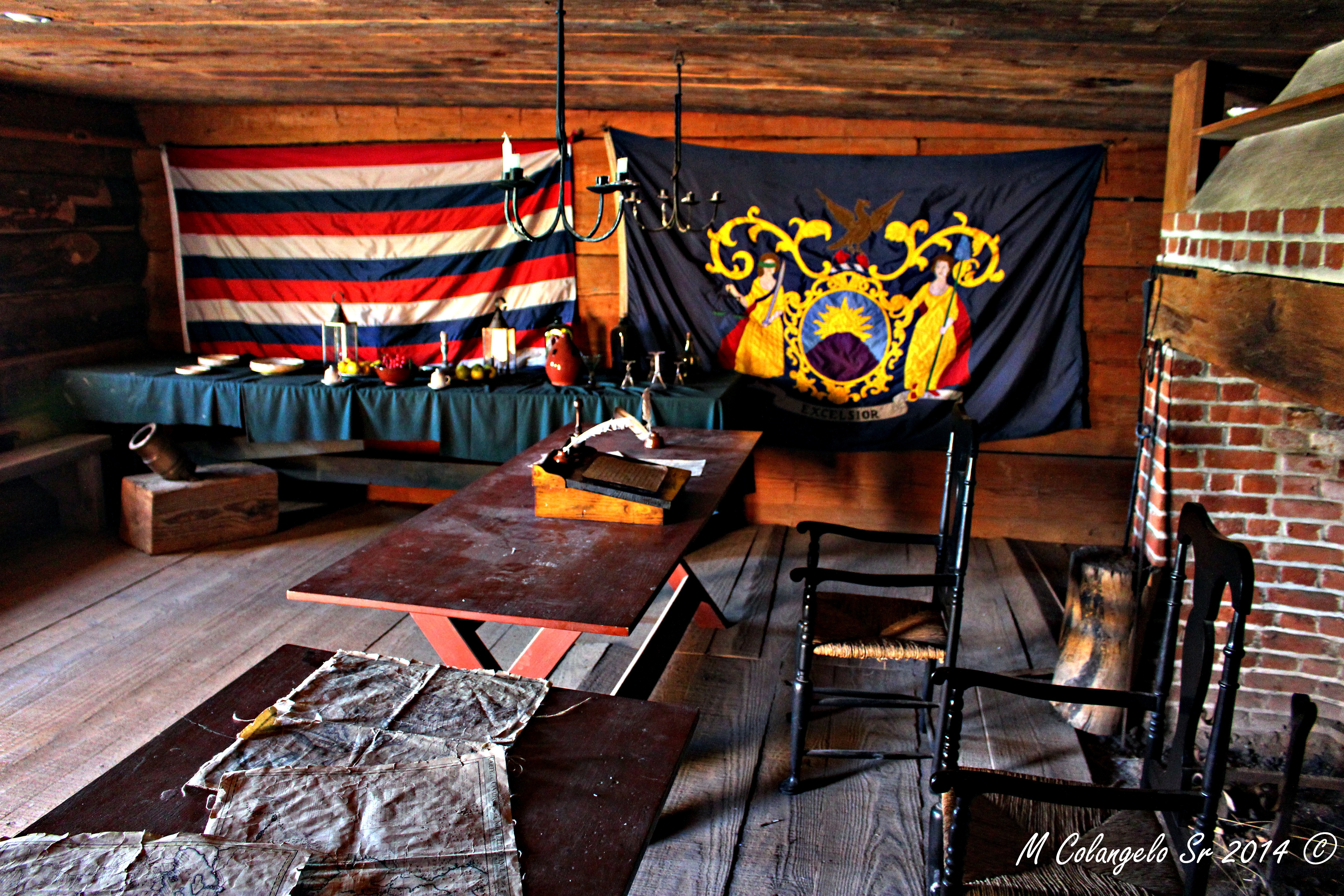
North Casemate, Surgeon's Day Room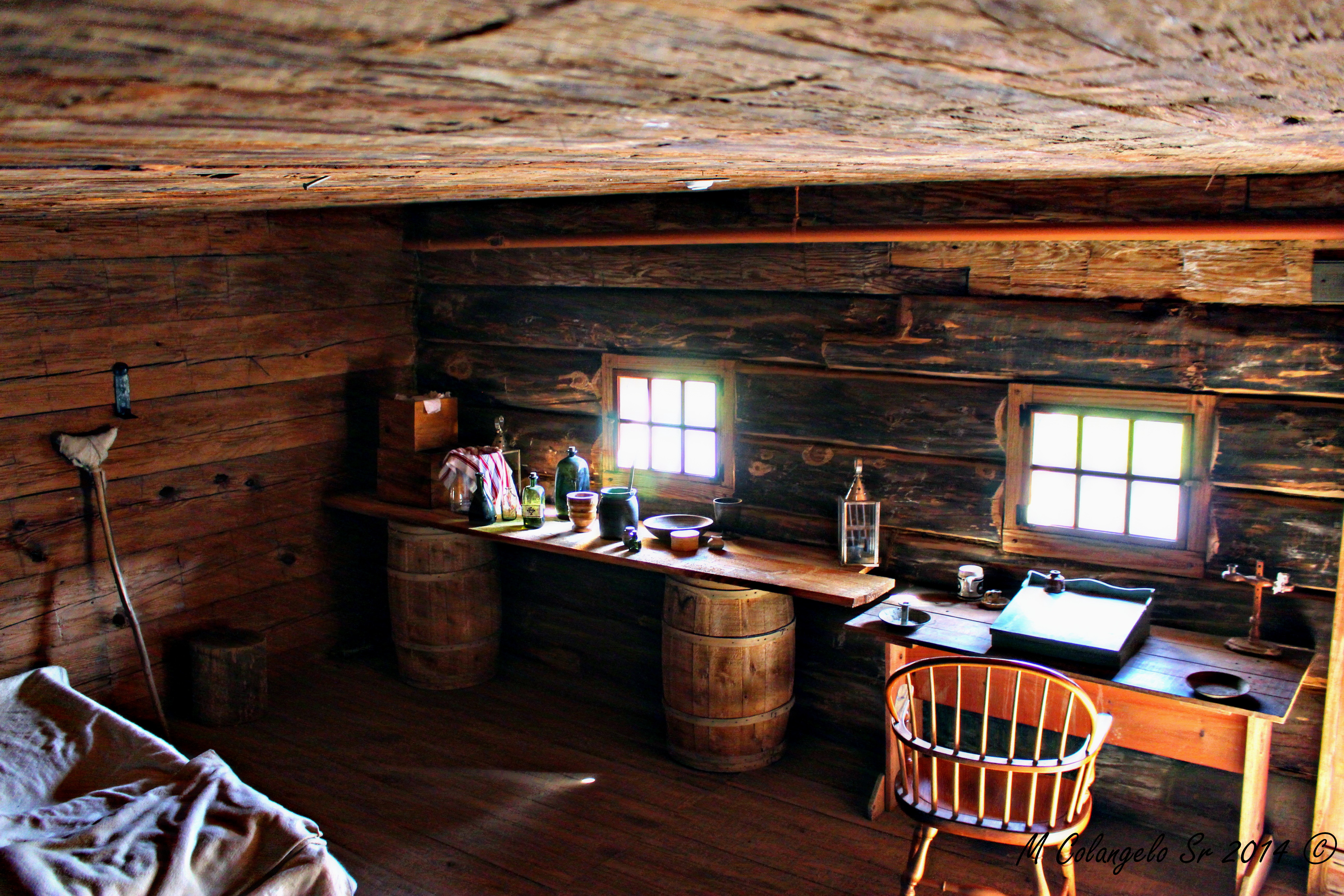
Northeast Bastion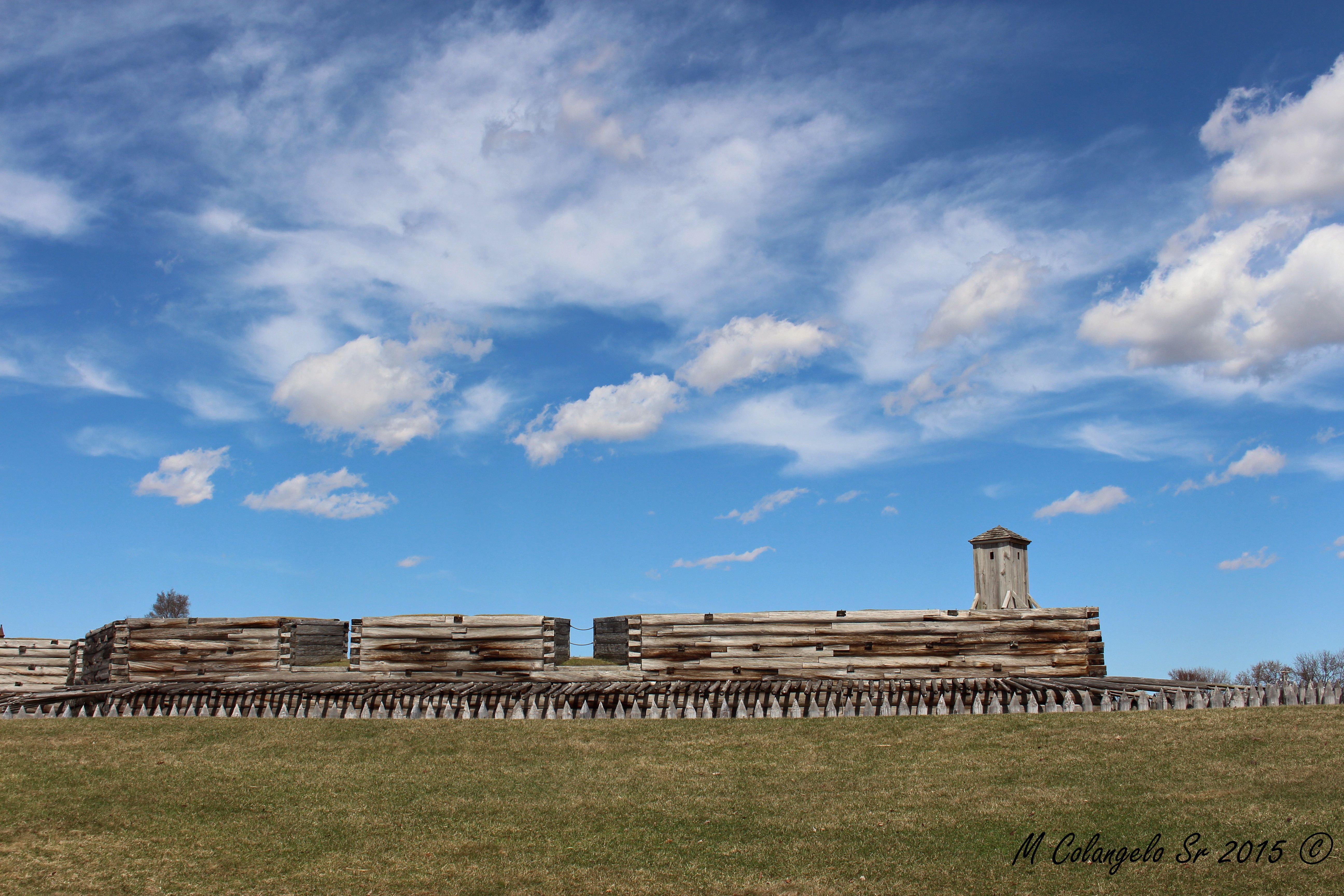
Northwest Bastion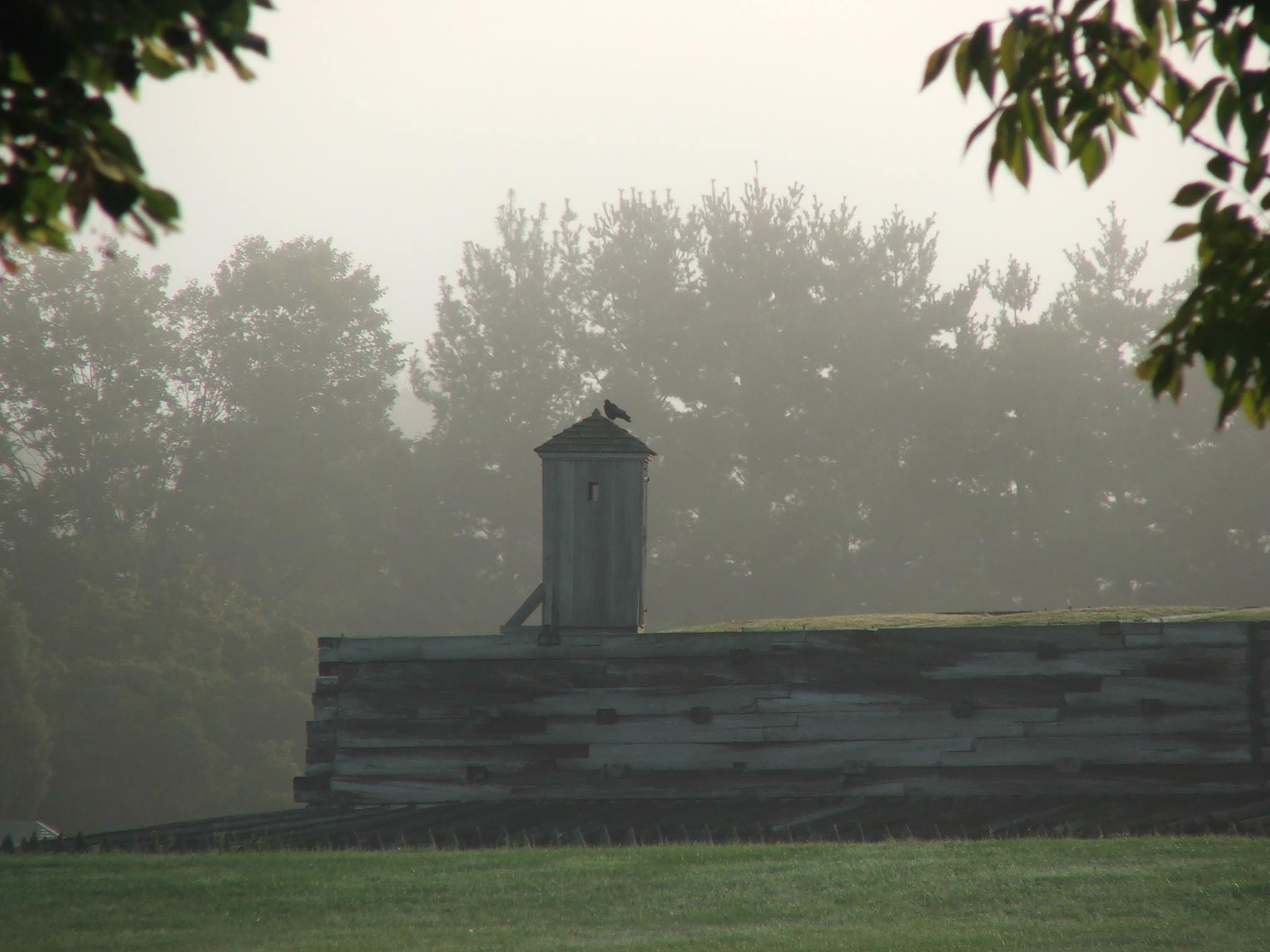
Oneida Carrying Place SculptureSitting at the center point of the Oneida Carrying Place this impressive art piece commemorates the story and significance of the location. The Oneida Carry was a portage between the Mohawk River and Wood Creek and the largest portage in the New York waterway system. It is within walking distance of Fort Stanwix National Monument. 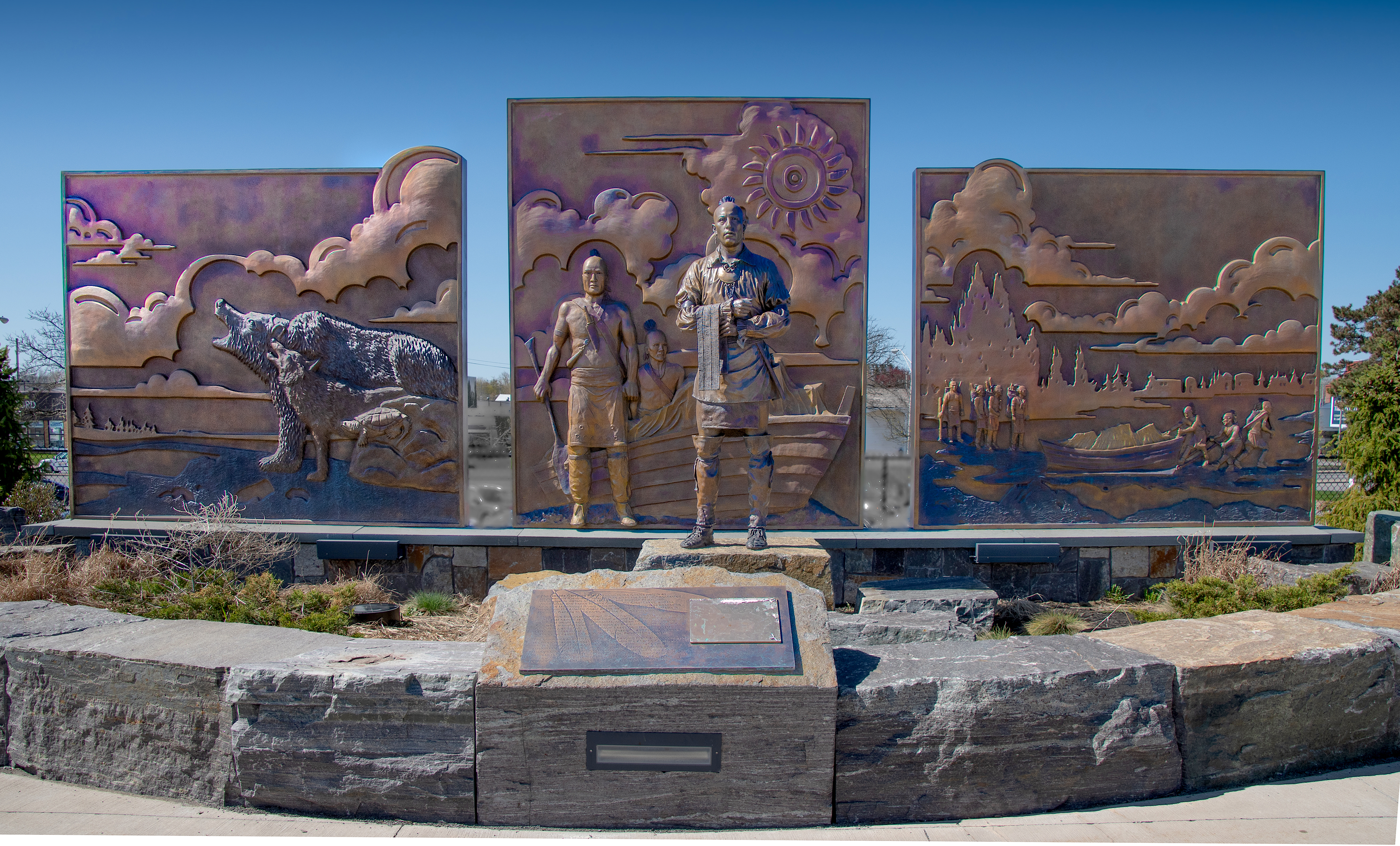
Original Erie Canal & Bellamy Harbor ParkBellamy Harbor Park in Rome, NY is situated next to the Mohawk River and Erie and Barge Canals. This park is filled with canal history as the first shovelfuls of earth that became the Erie Canal were dug in the vicinity. Today, it is the intersection of the modern Barge Canal and its largest feeder, the Mohawk River. Hike, walk, boat, fish, kayak, or just enjoy the sights! 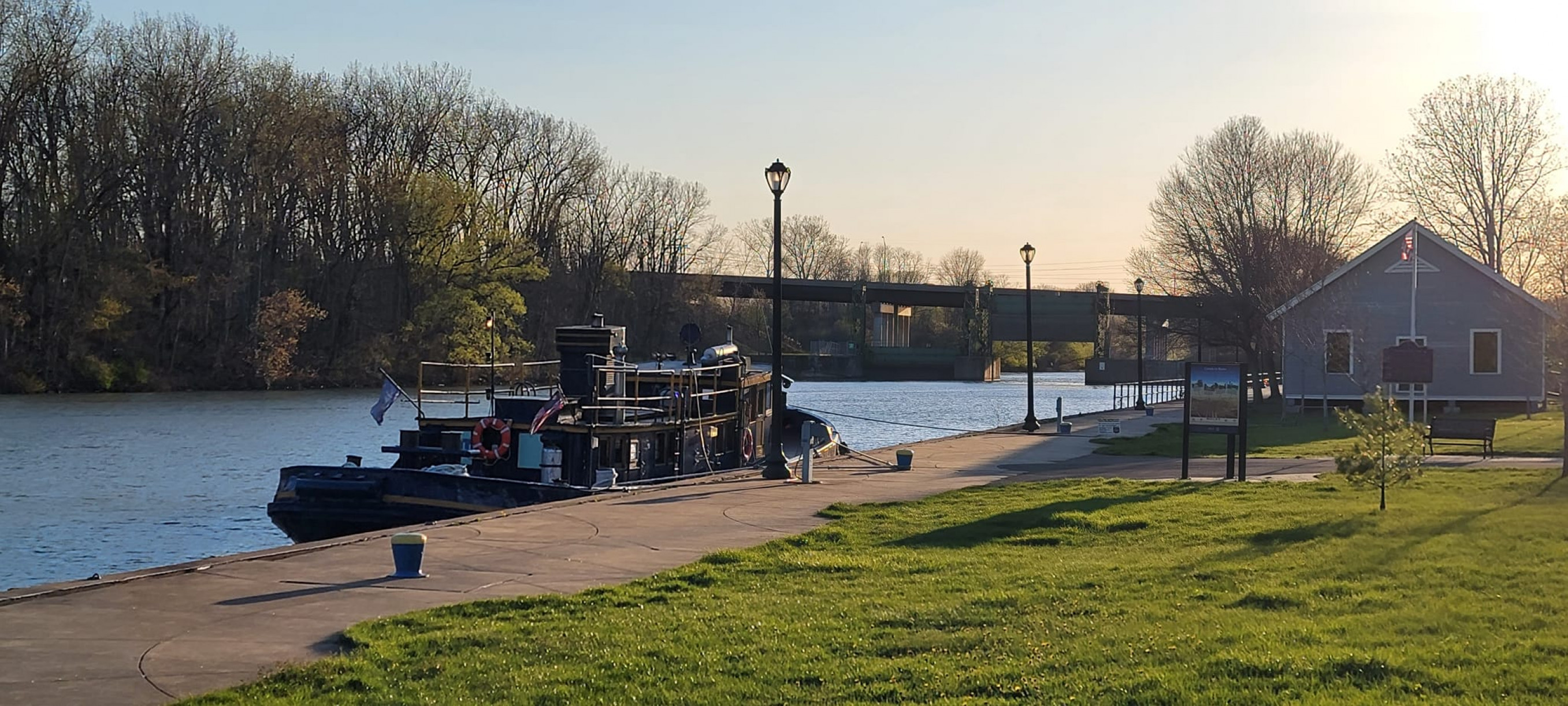
Oriskany Battlefield State Historic SiteConsidered to be a significant turning point in the War of Independence, the Battle of Oriskany, fought on August 6, 1777, has been described as one of the bloodiest battles of the war. 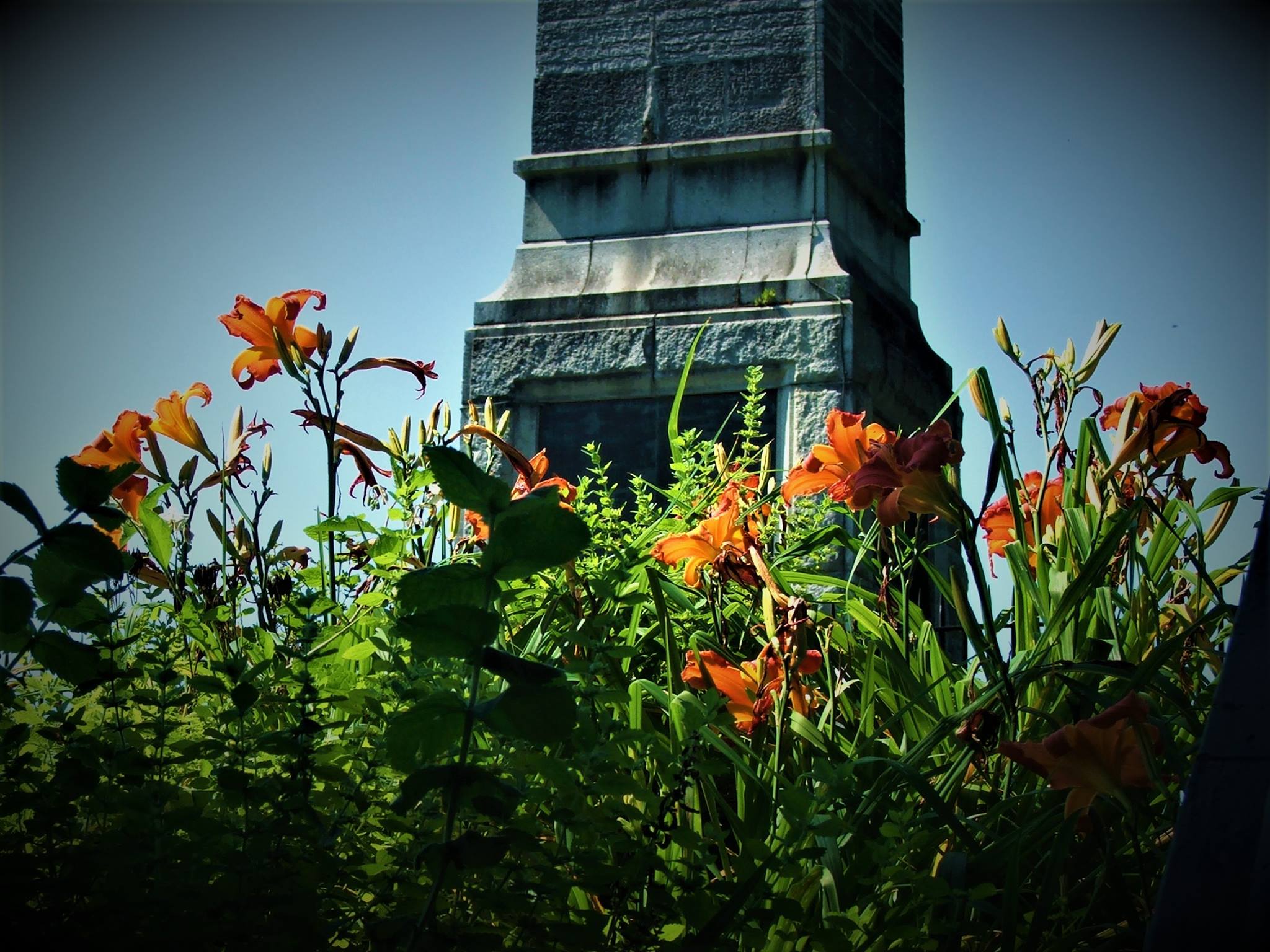
Parade Ground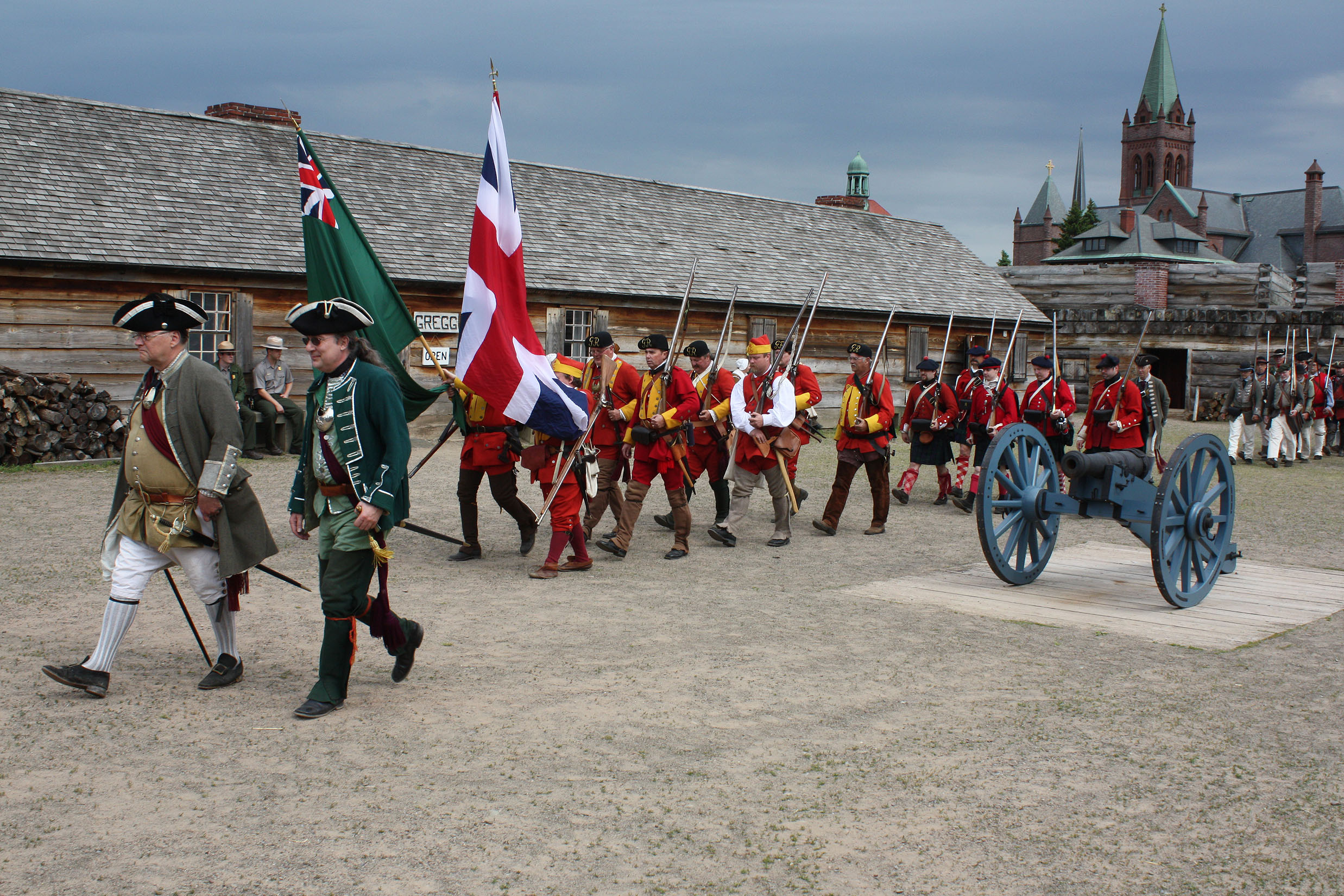
Rome Historical SocietyThe Rome Historical Society - Friends of the Fort sits next to the grounds of Fort Stanwix National Monument. This free museum has exhibits related to the historic fort, the Erie Canal, the history of Rome, NY, and more! 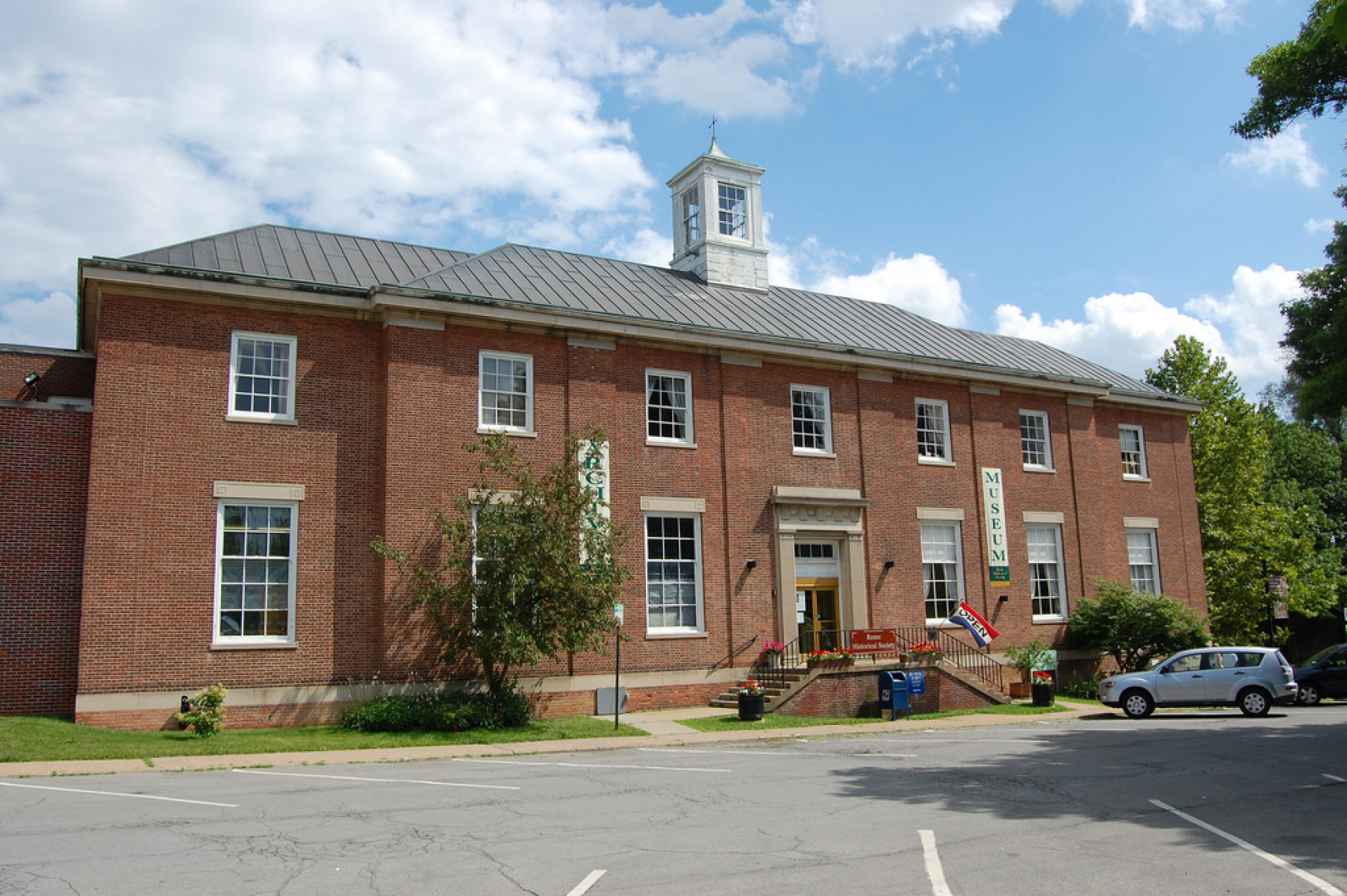
Soldiers' Quarters, Bleeker & DeWitt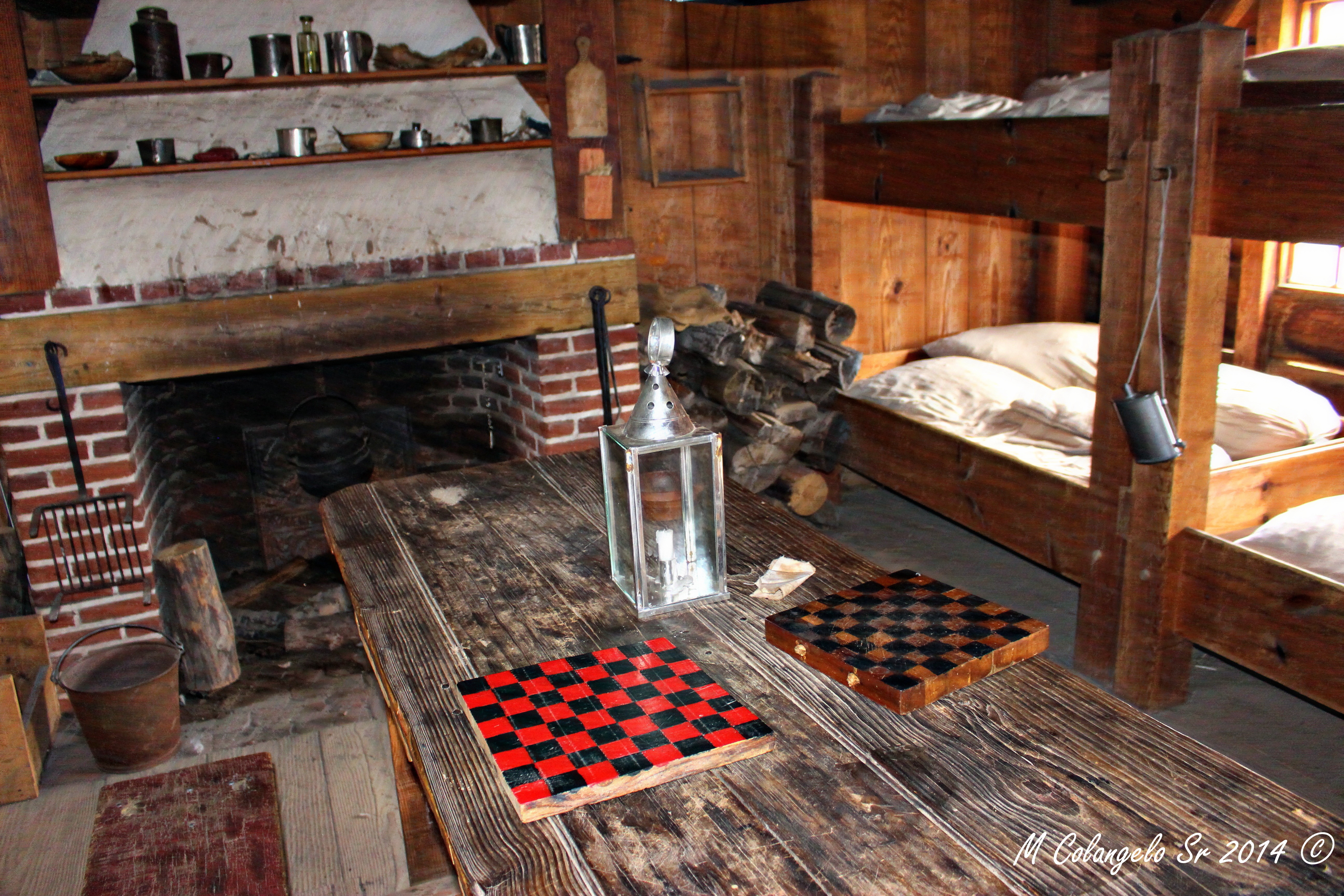
Southeast Bastion & Bombproof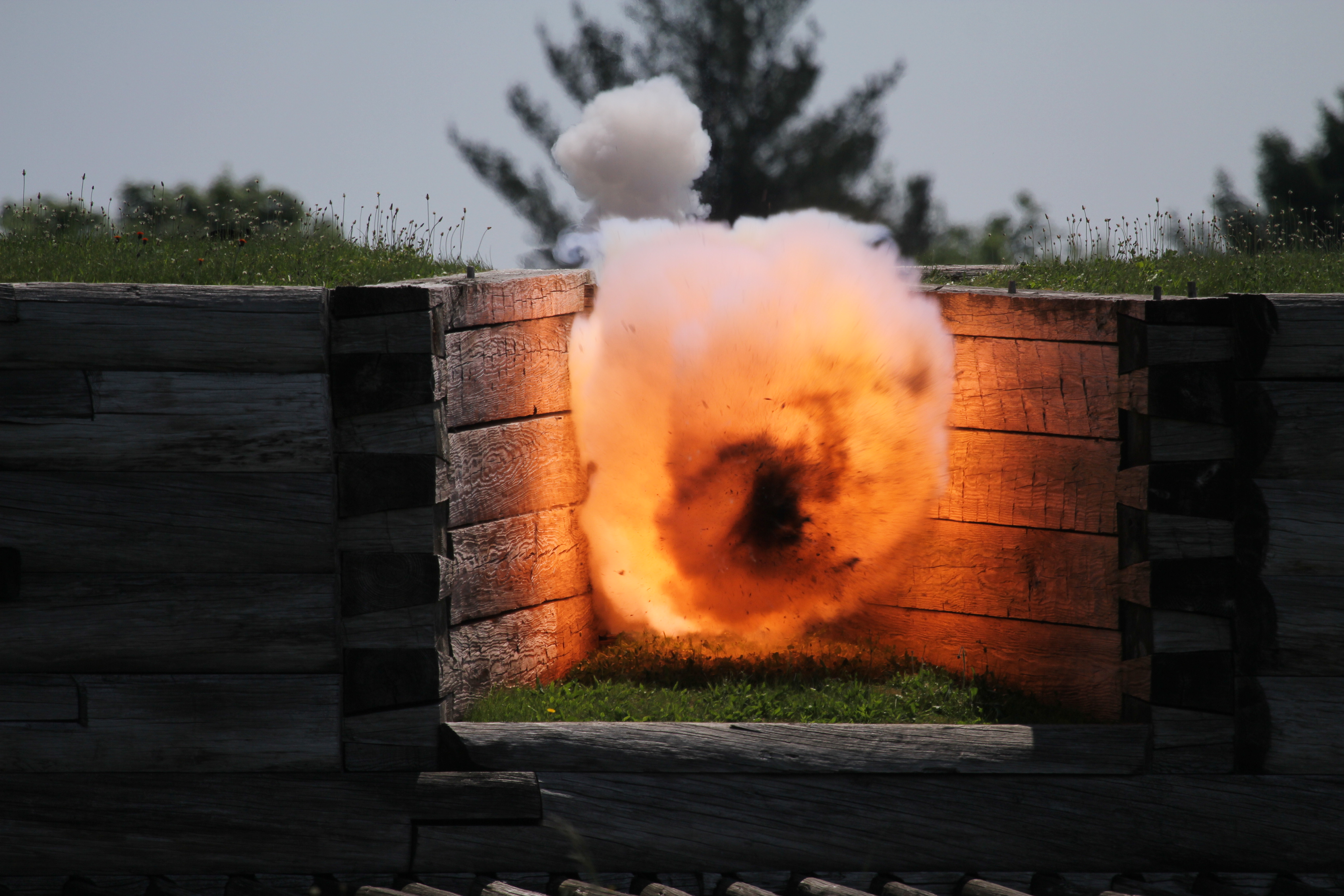
Southeast Casemate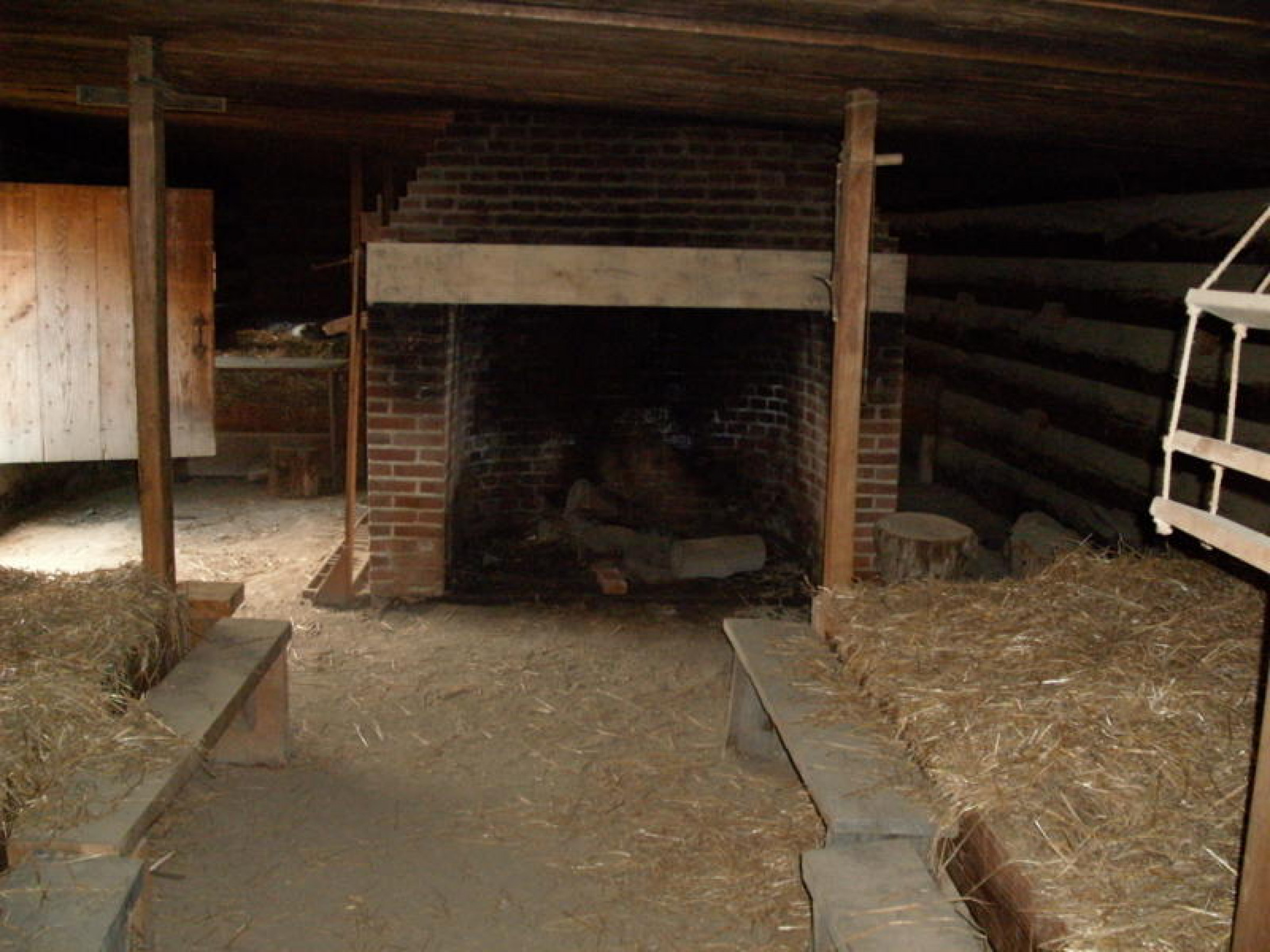
Southwest Bombproof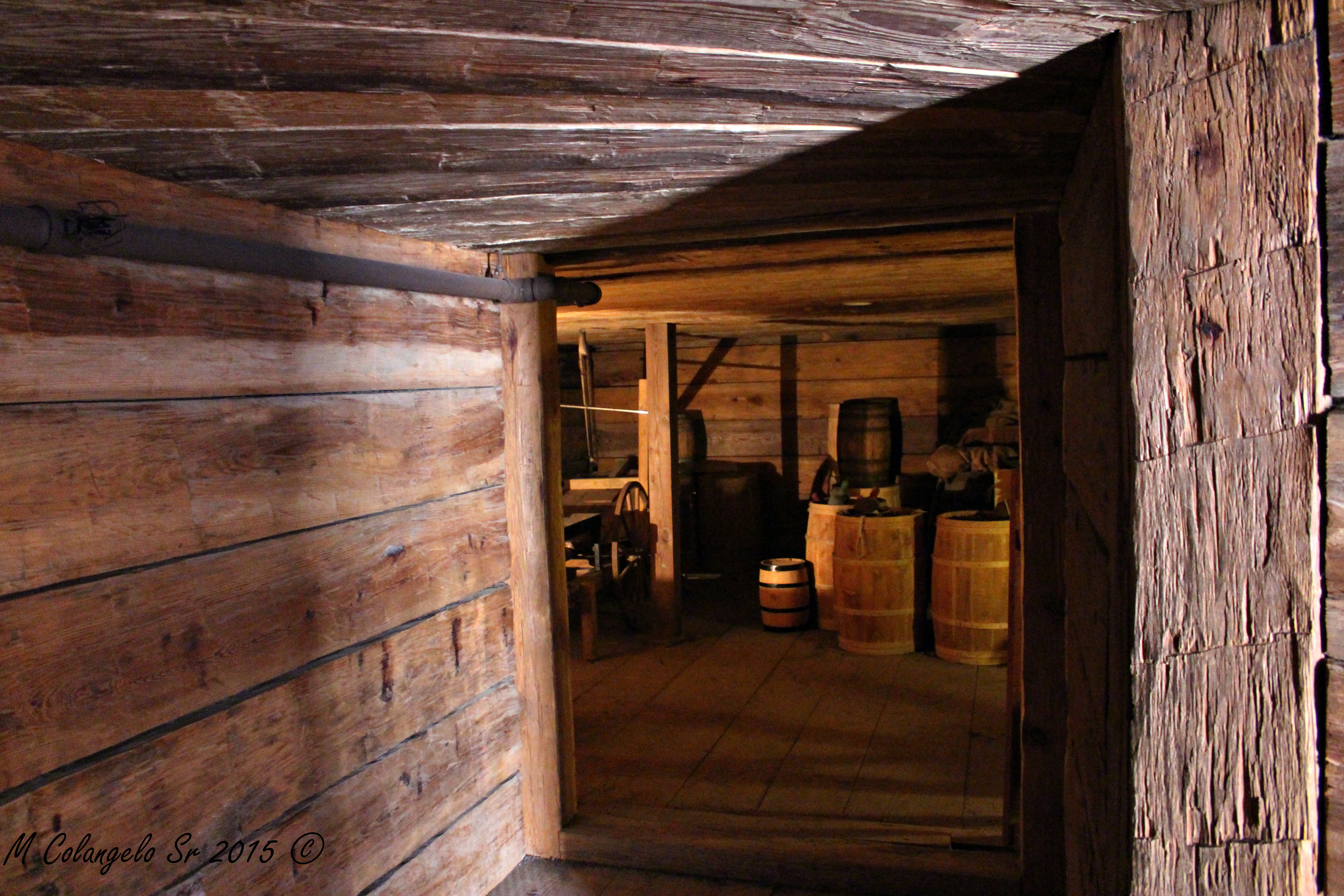
Southwest Casemate, Artificers' Quarters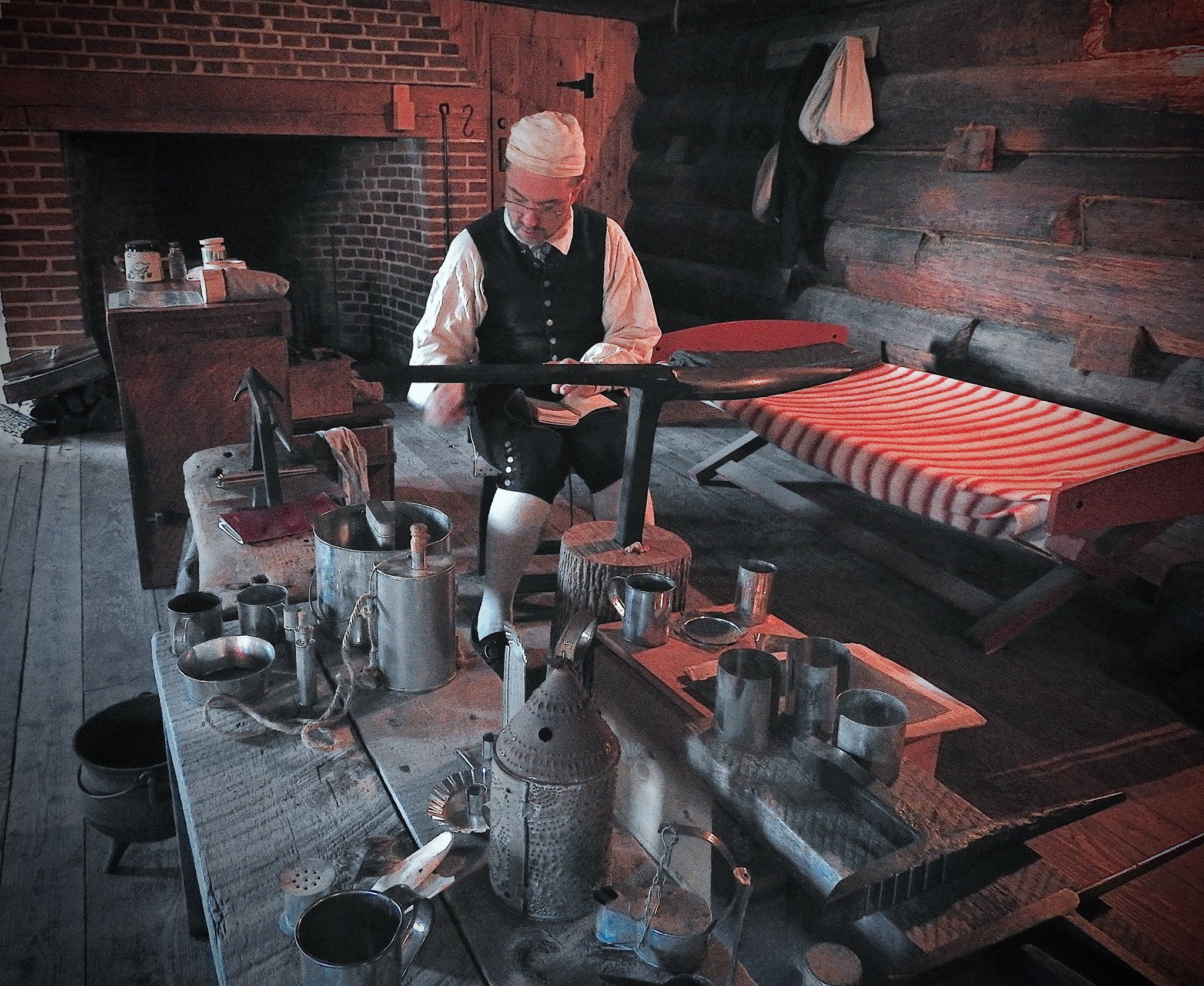
Steuben Memorial State Historic SiteThe Steuben Memorial honors the "Drillmaster of the American Revolution," Baron von Steuben, whose valuable wartime services have been described as being second in importance only to those of George Washington. 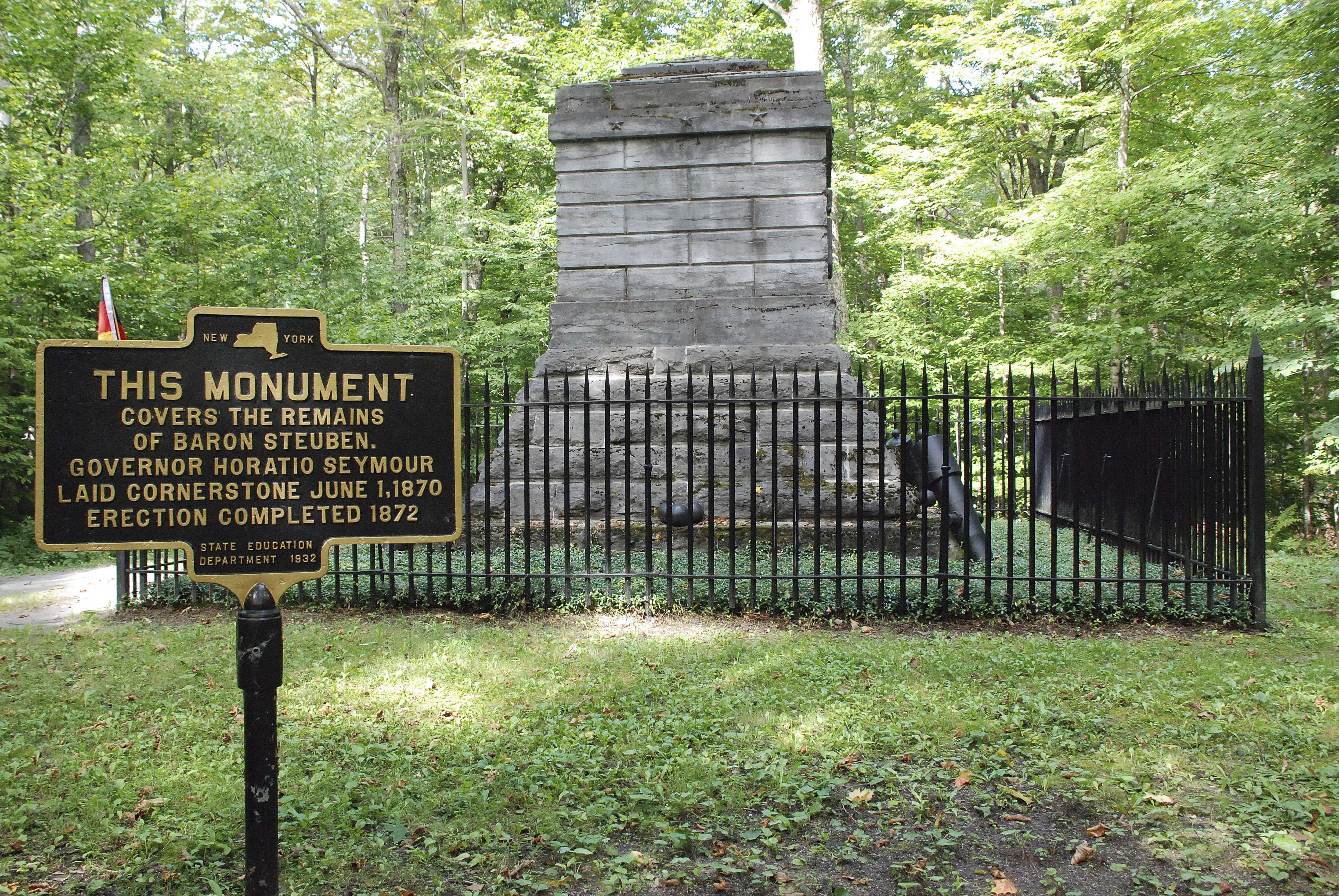
The Ditch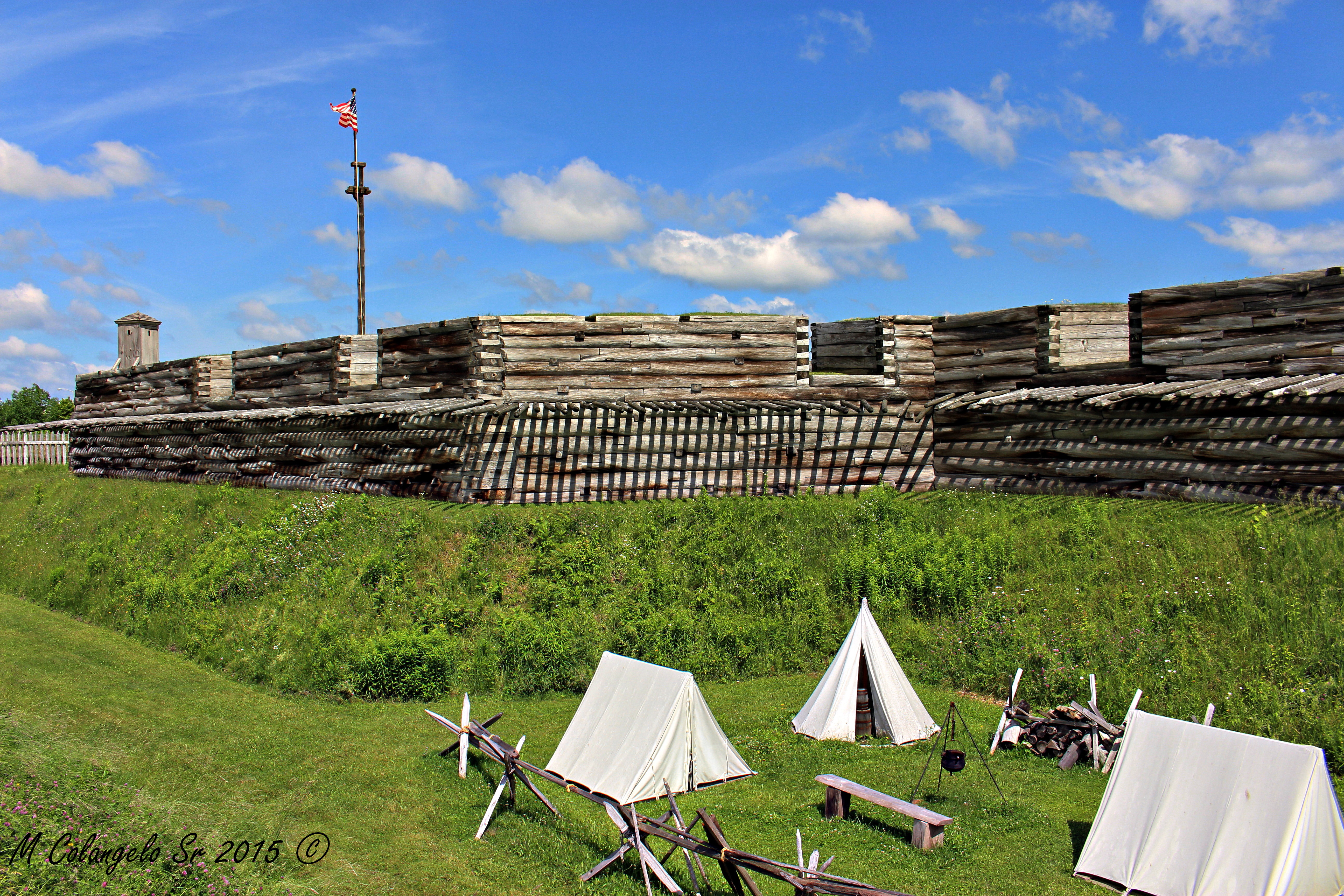
Tomb of the Unknown Soldiers of the American RevolutionThe Tomb of the Unknown Revolutionary War Soldier in Rome, NY was dedicated on July 4, 1976 in honor of the Nation's Bicentennial. The remains of 8 unknown soldiers are interred within it's grounds. 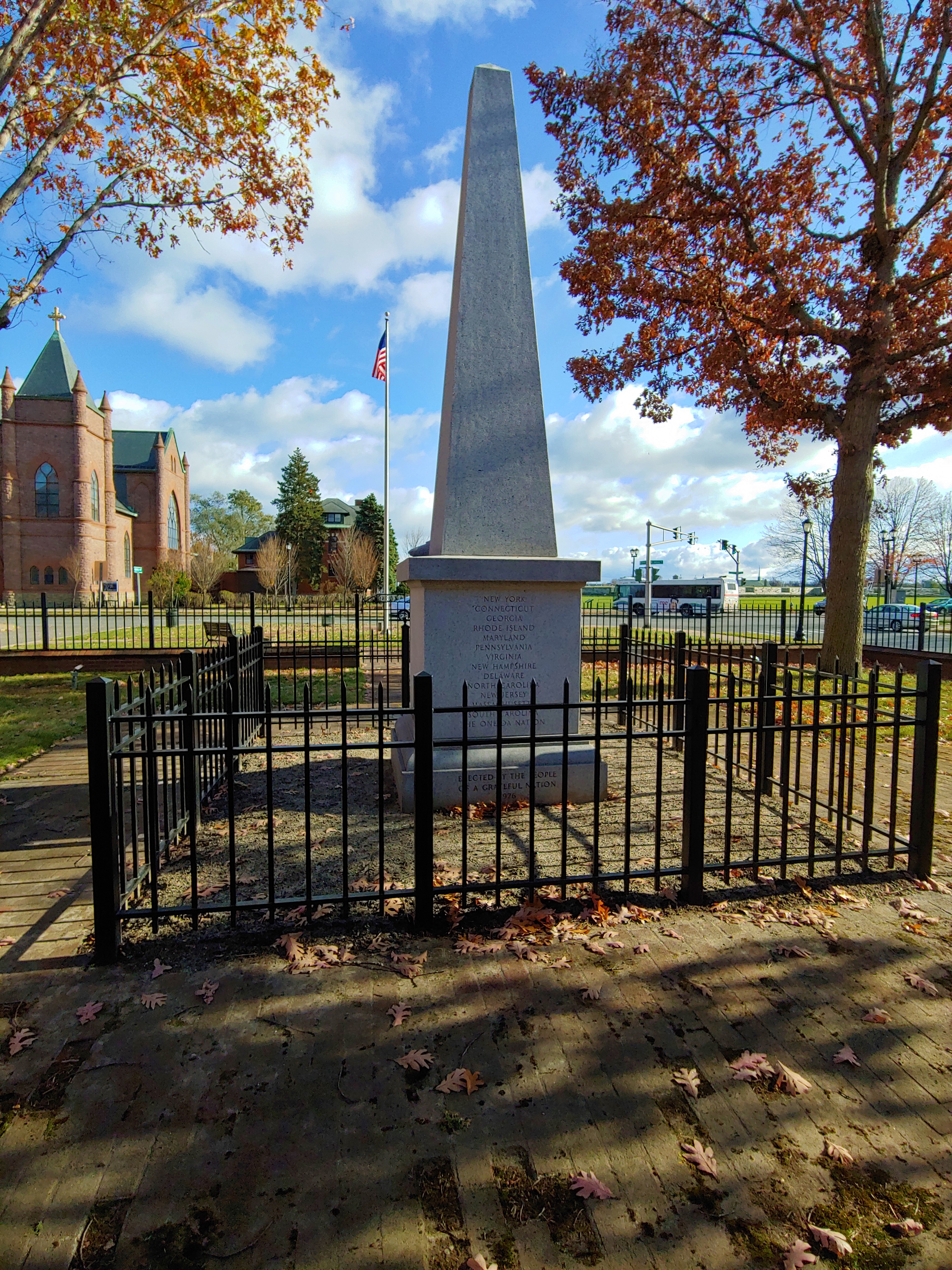
Veterans’ Park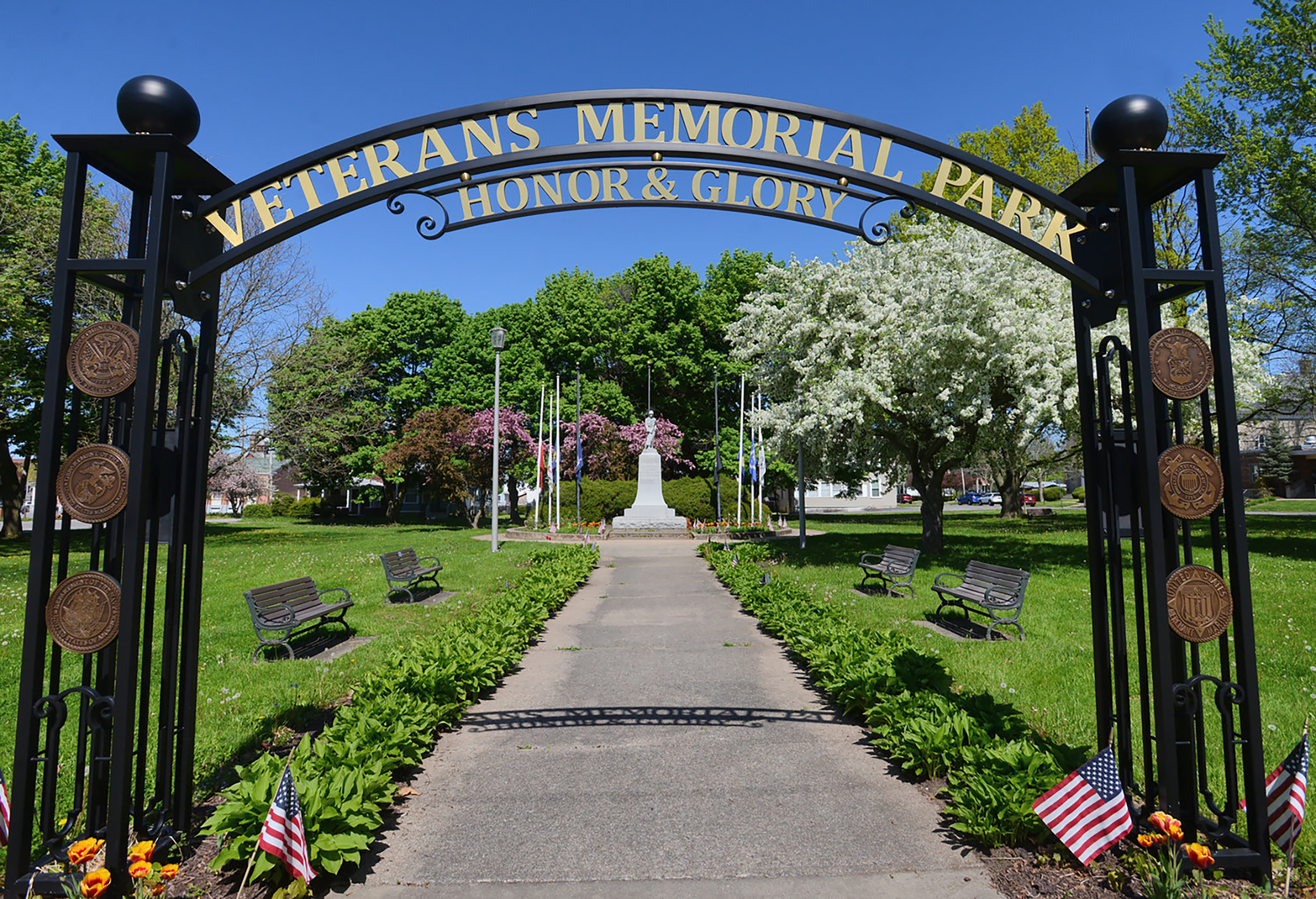
West Barracks & Guard House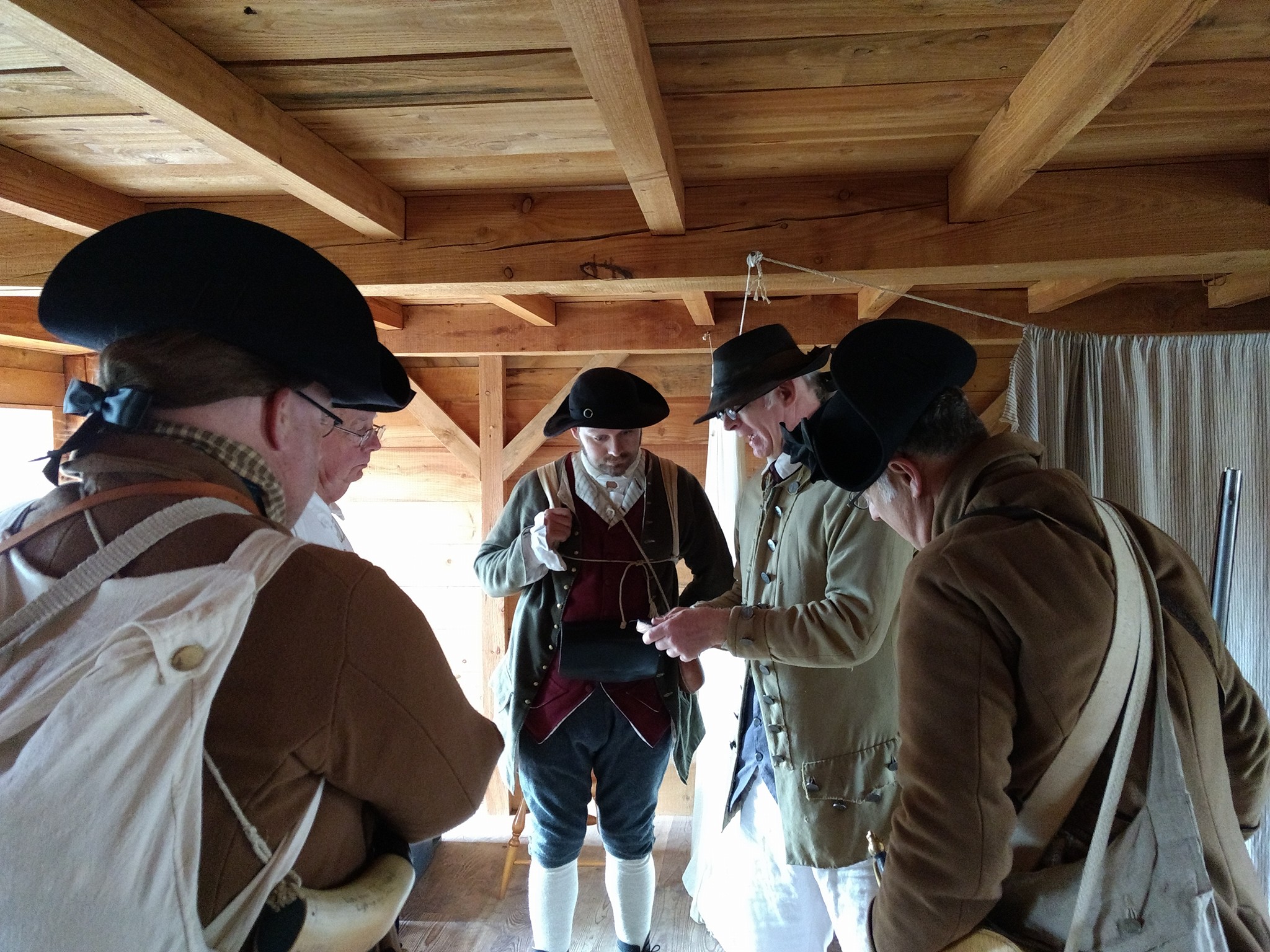
West Casemate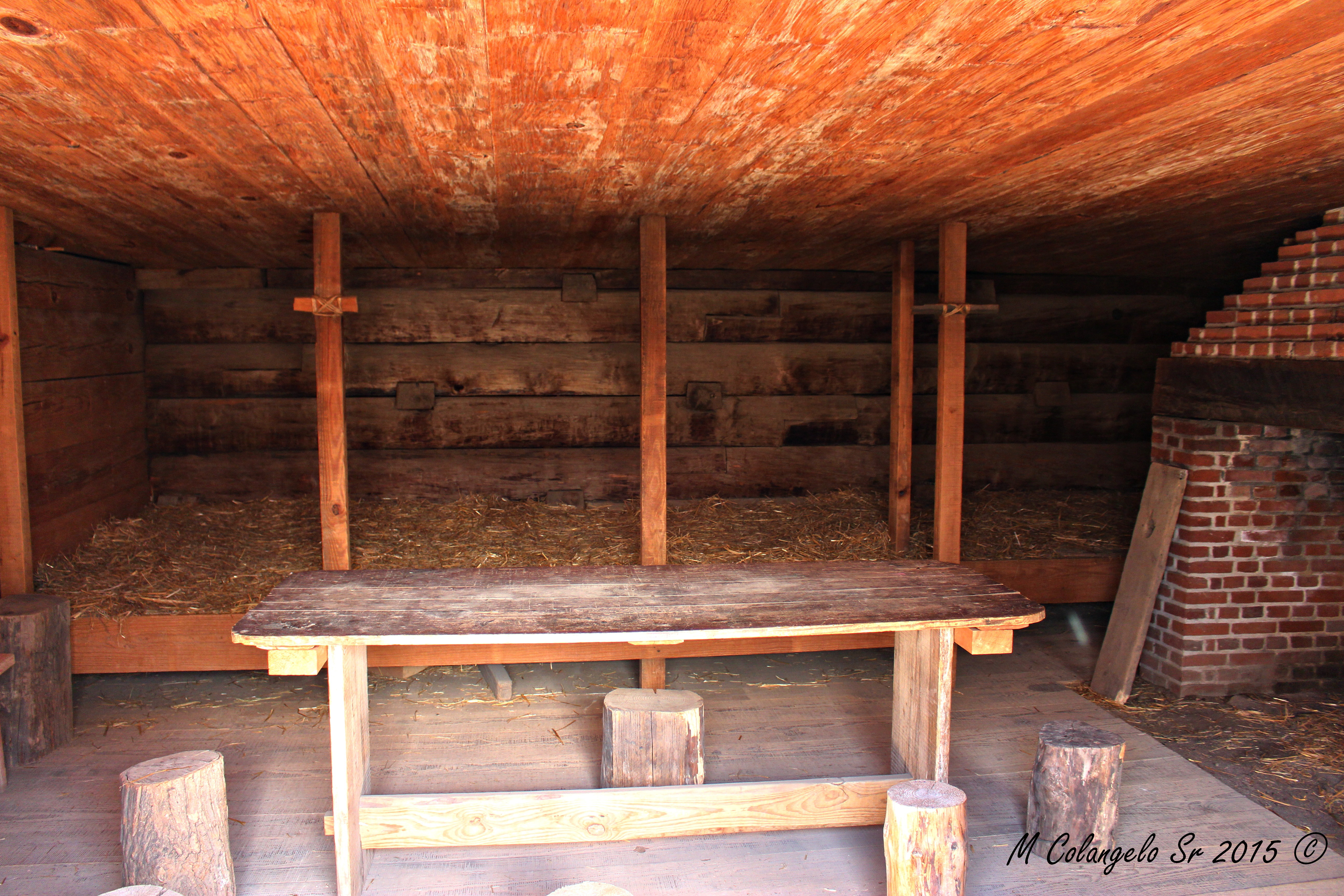
|
| Visitor Centers | Count: 2
Historic Fort Gregg Barracks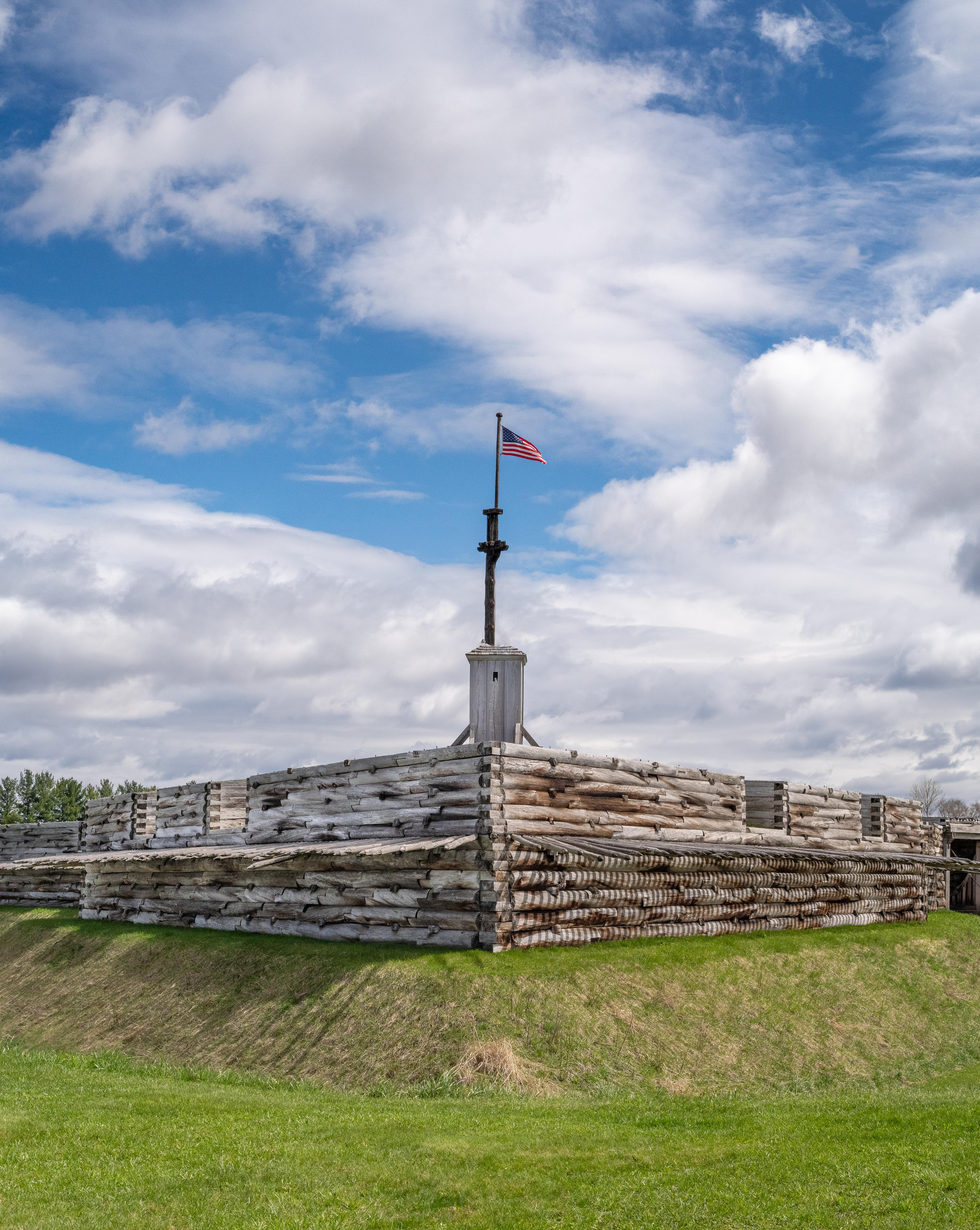
Marinus Willett Visitor Center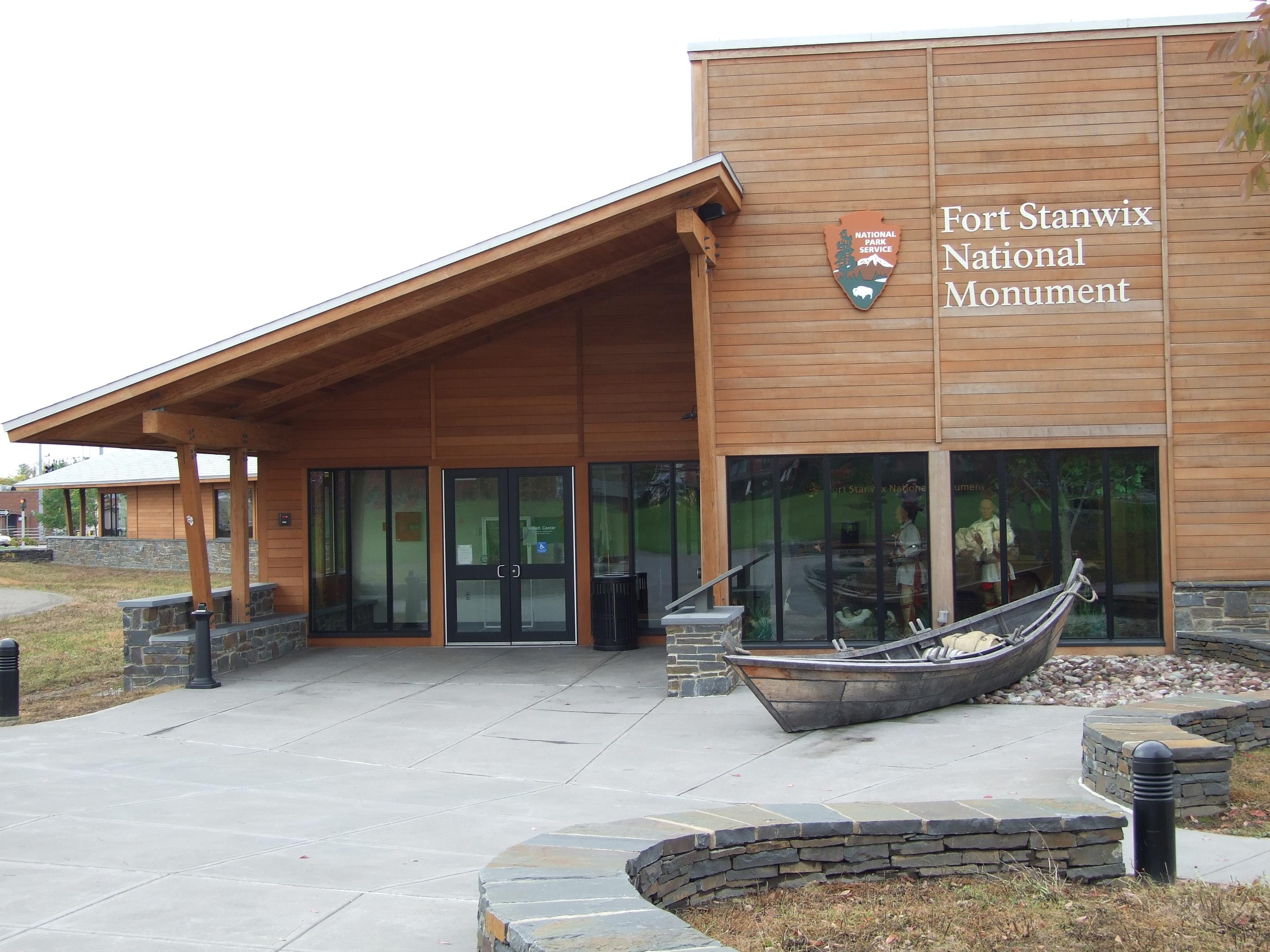
|
| Things to do | Count: 15
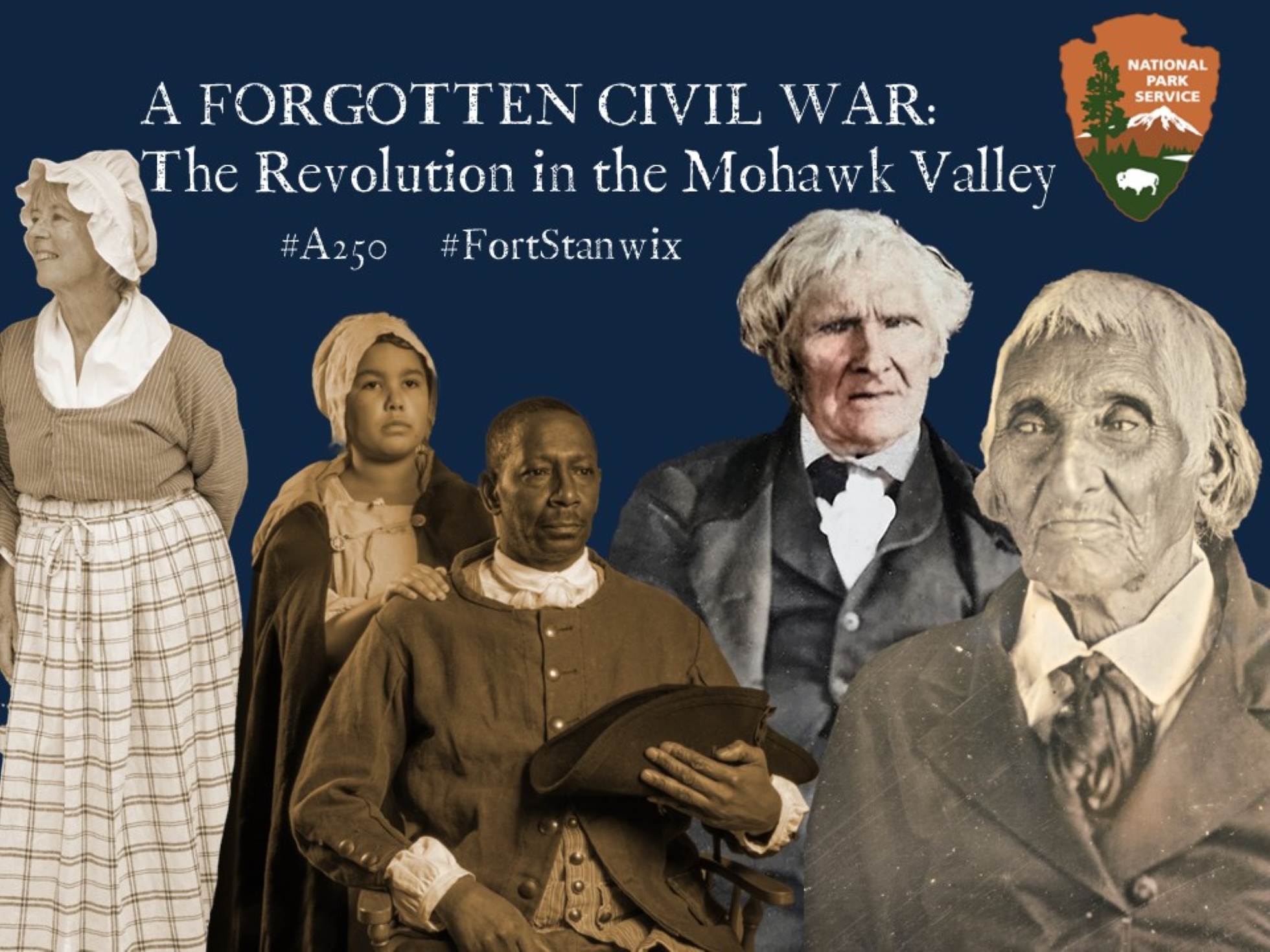
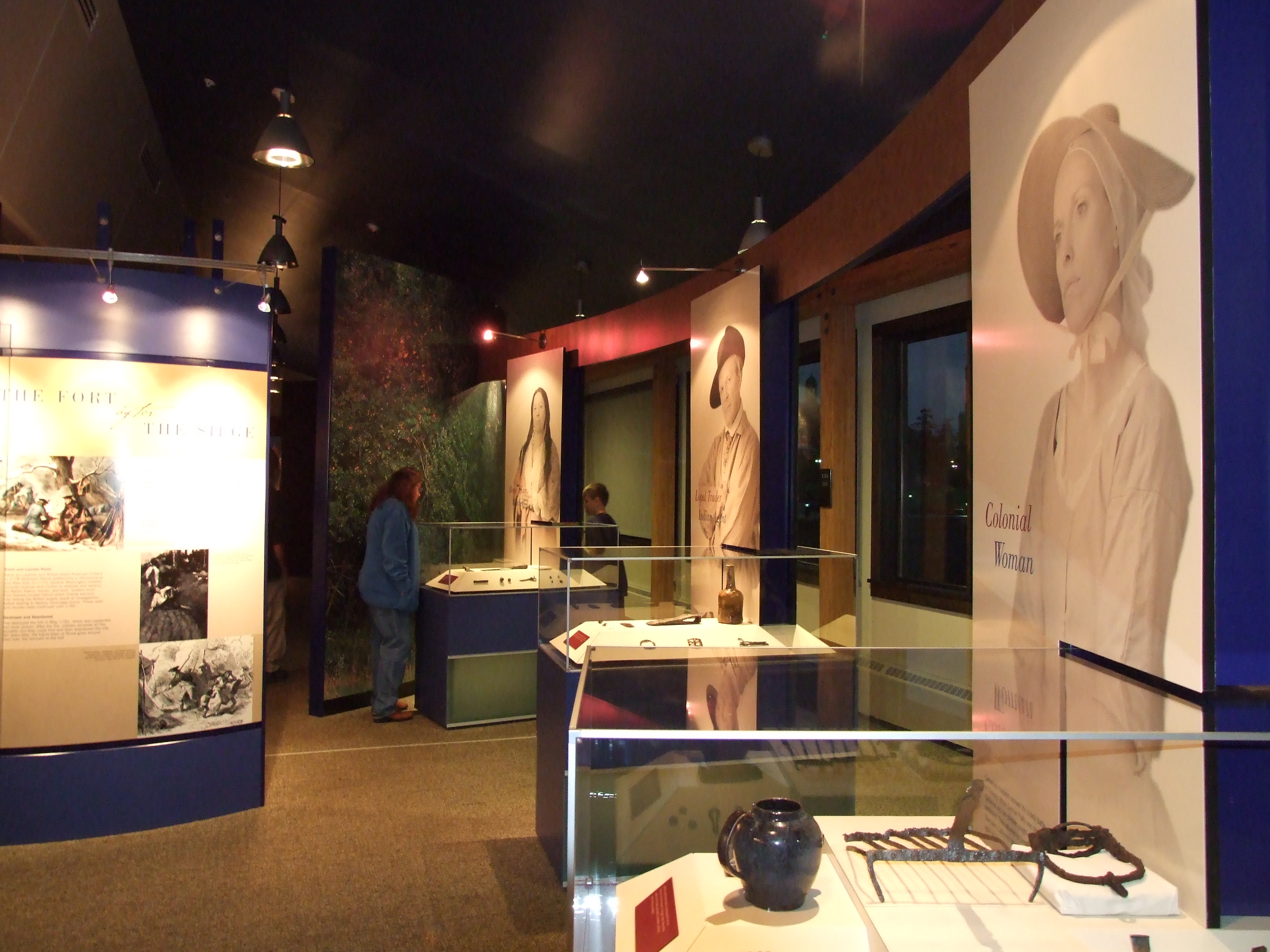
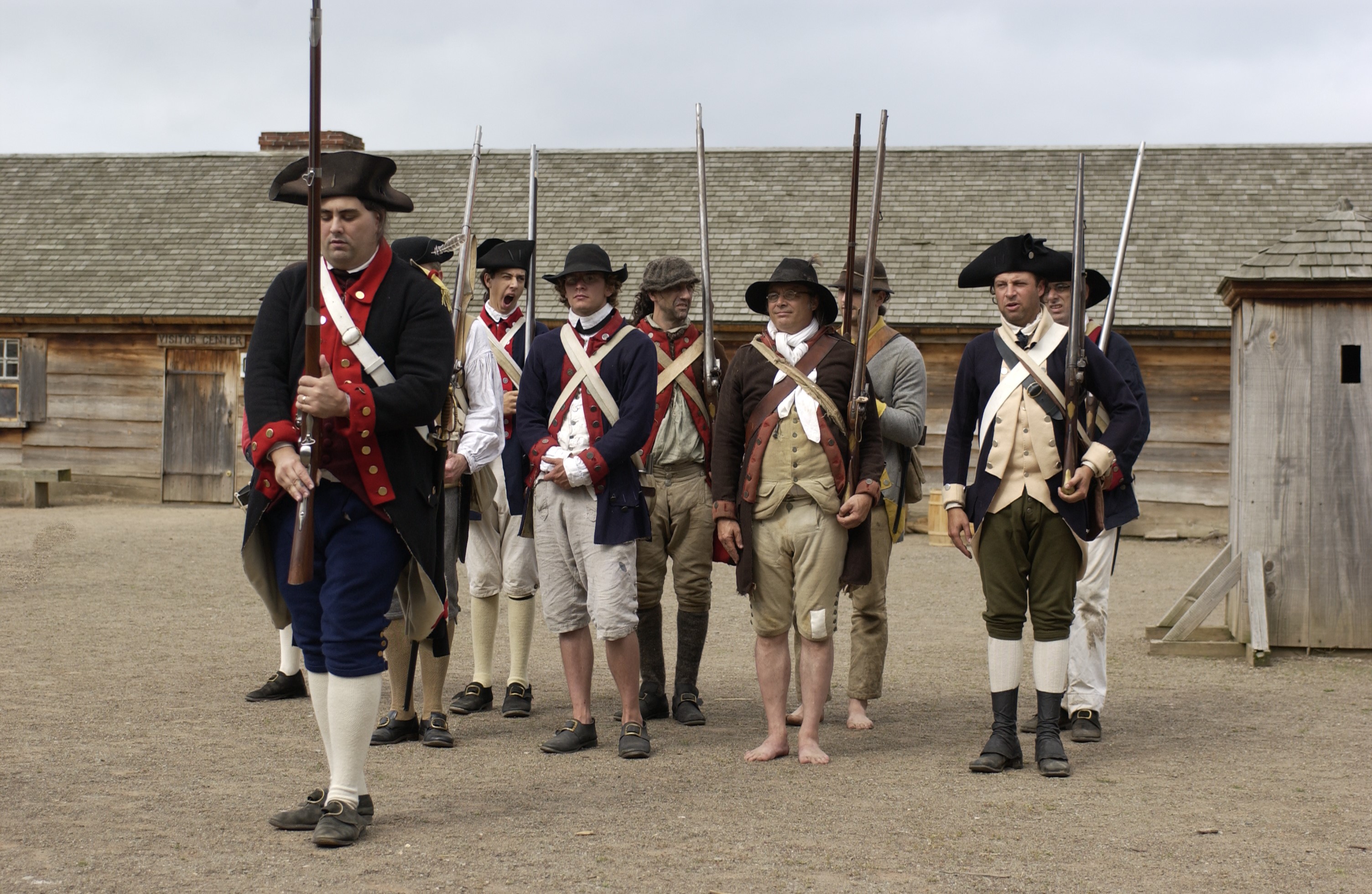
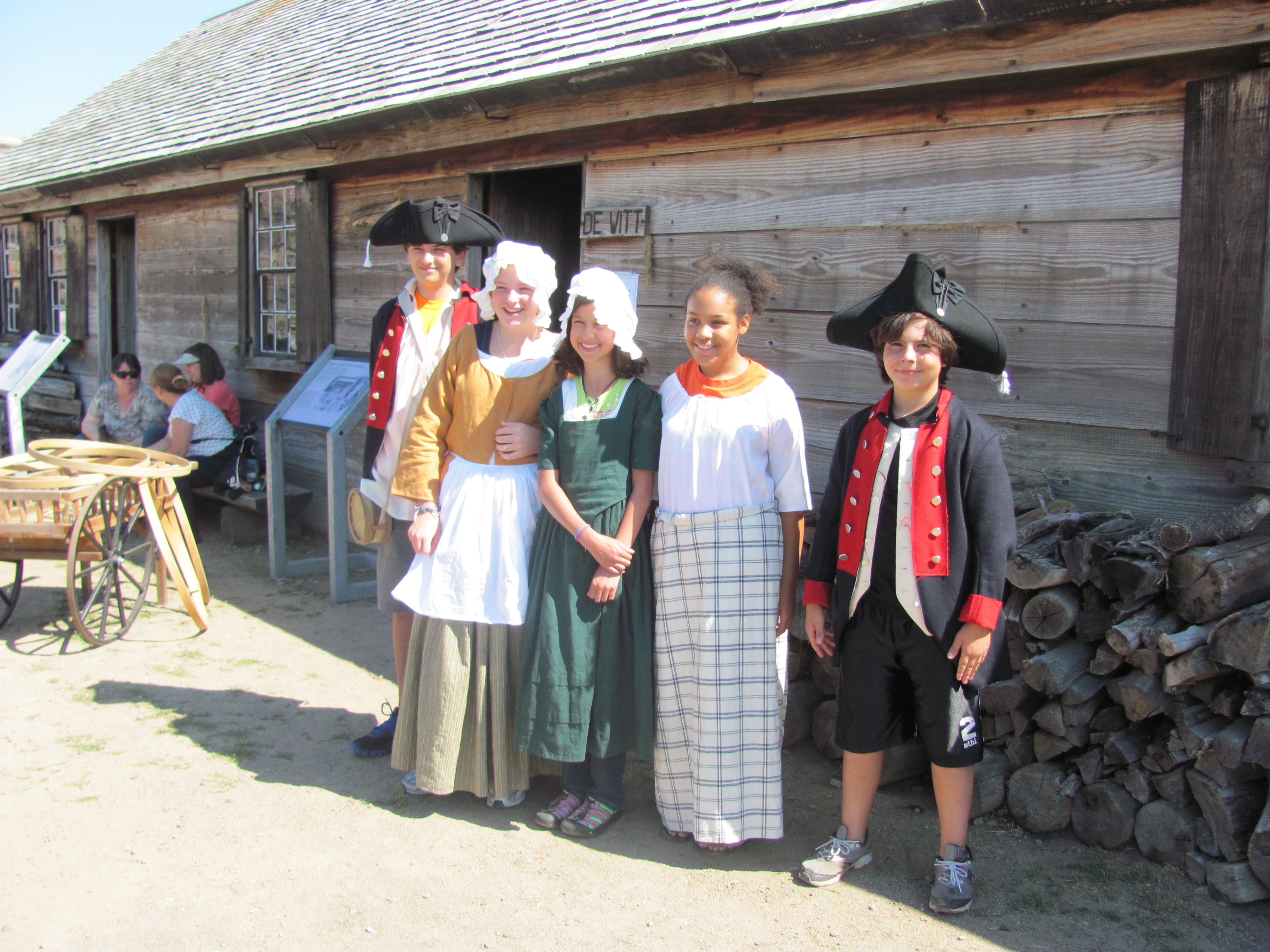
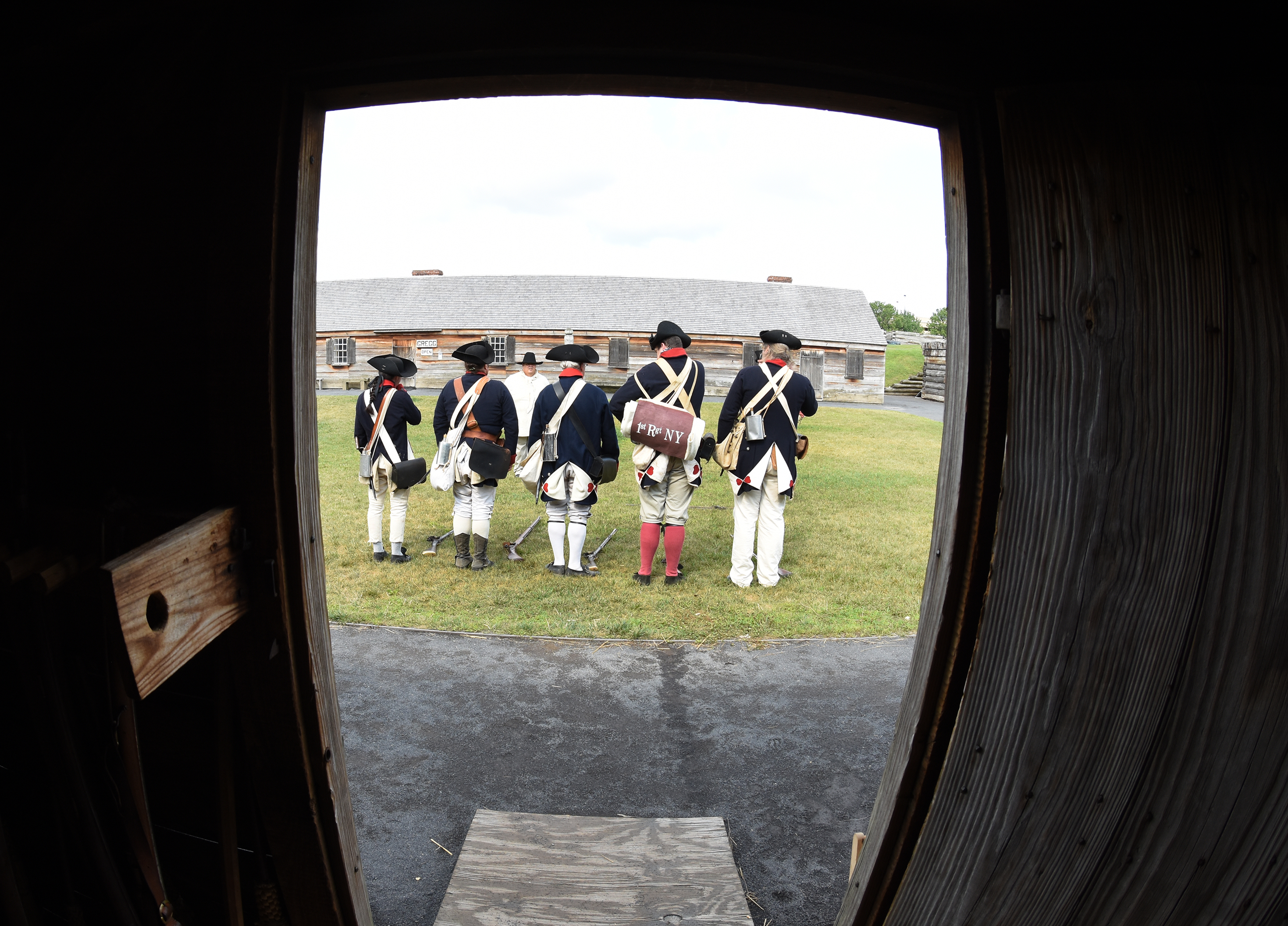

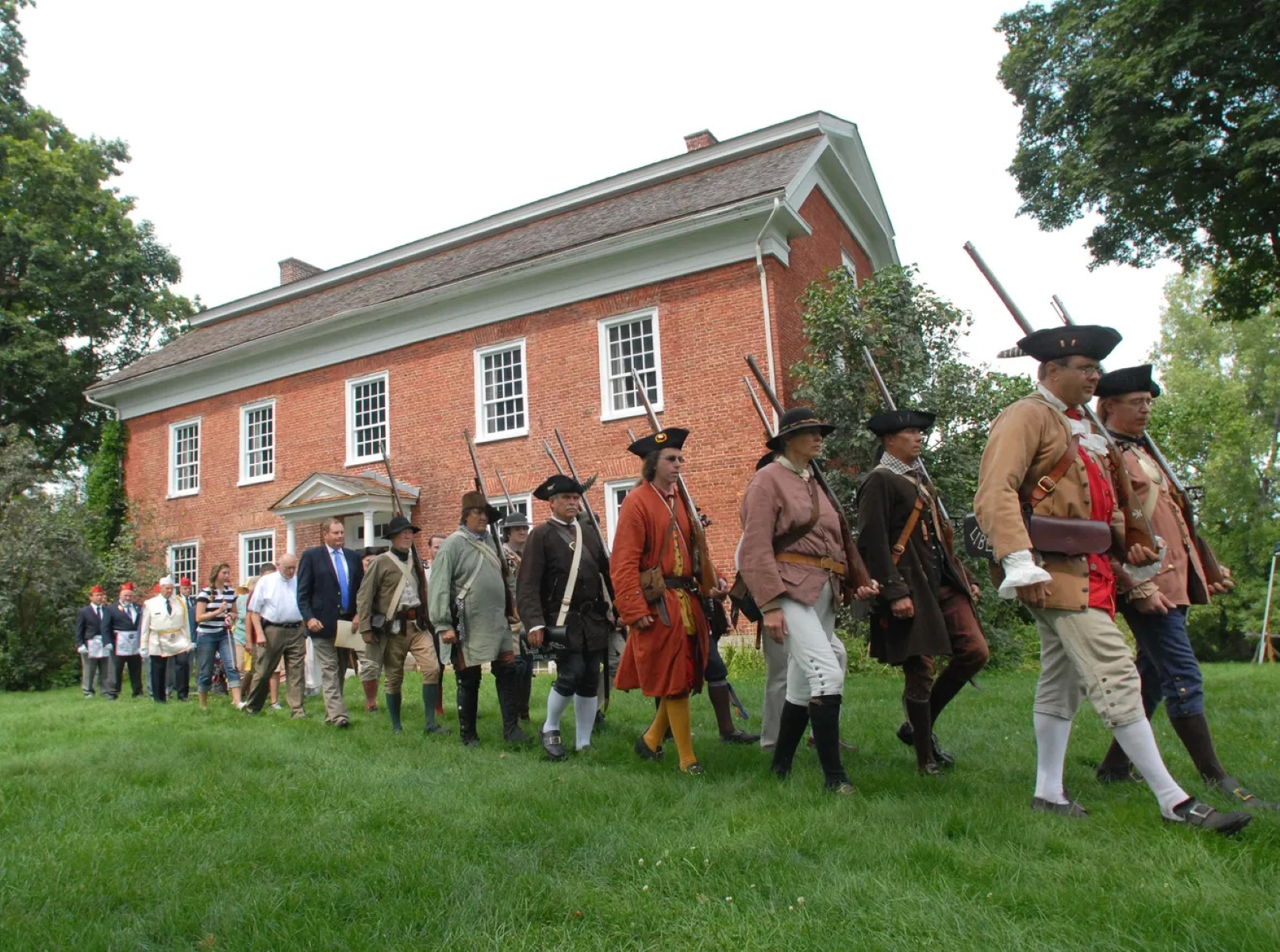
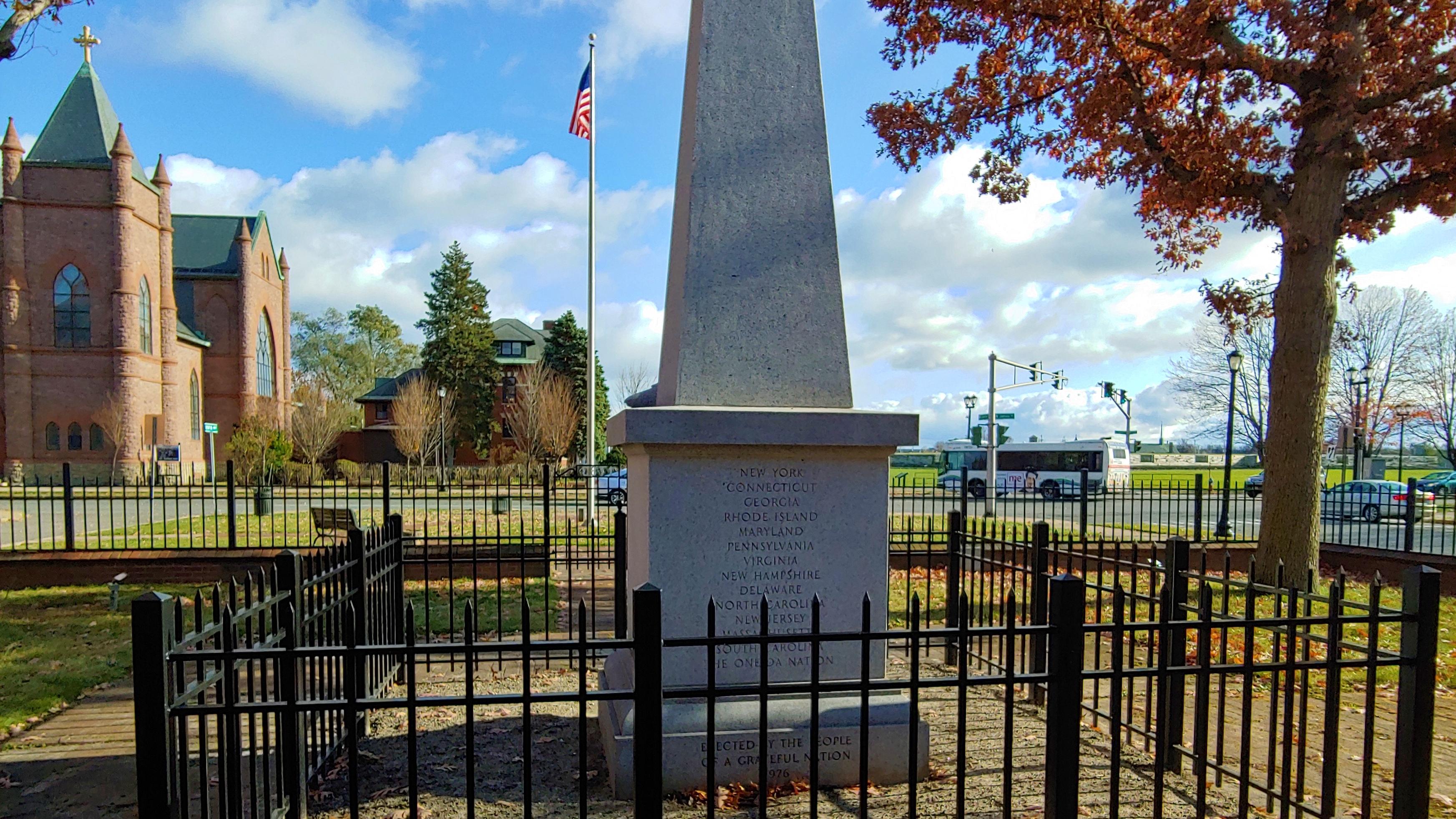
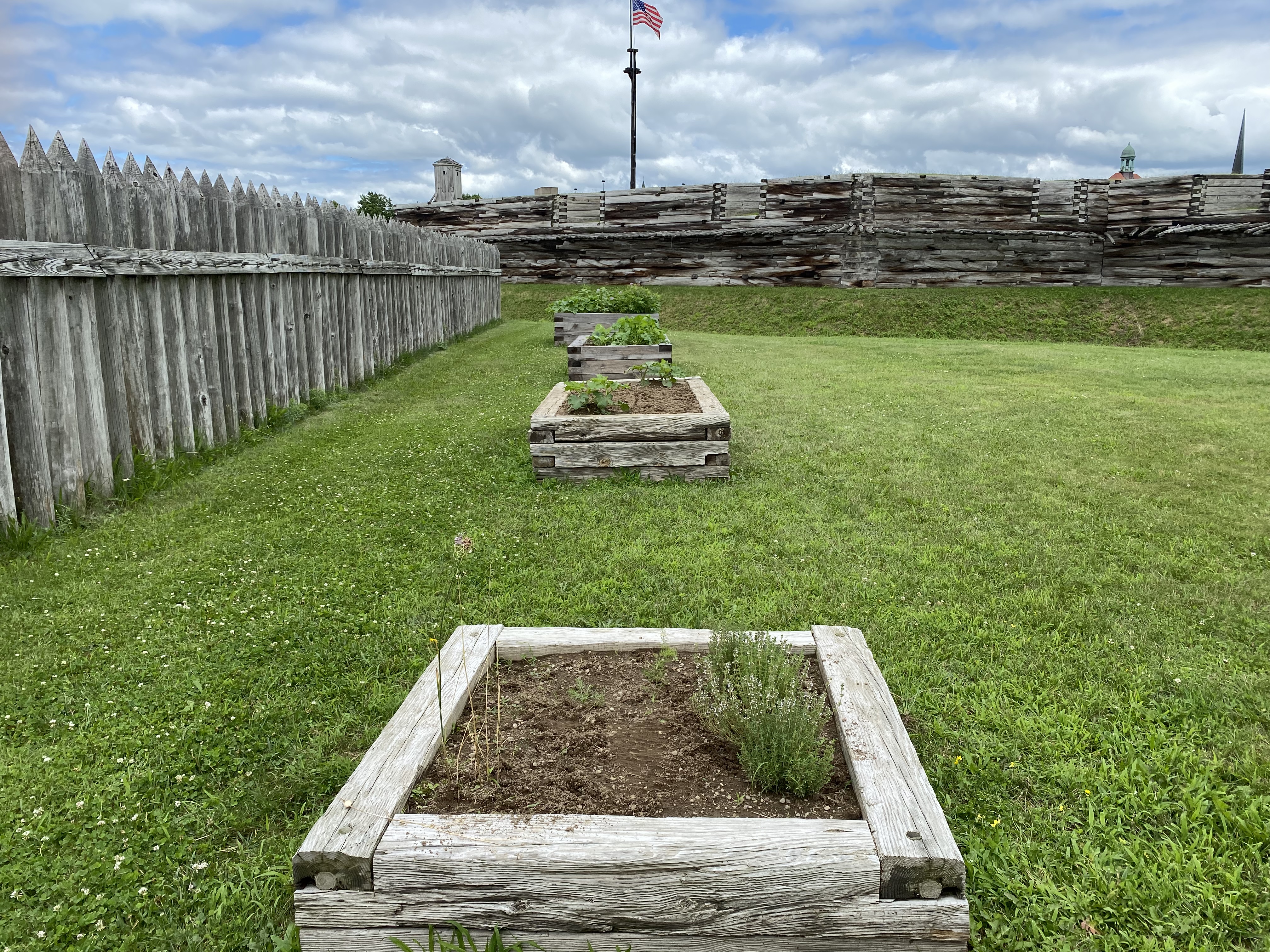


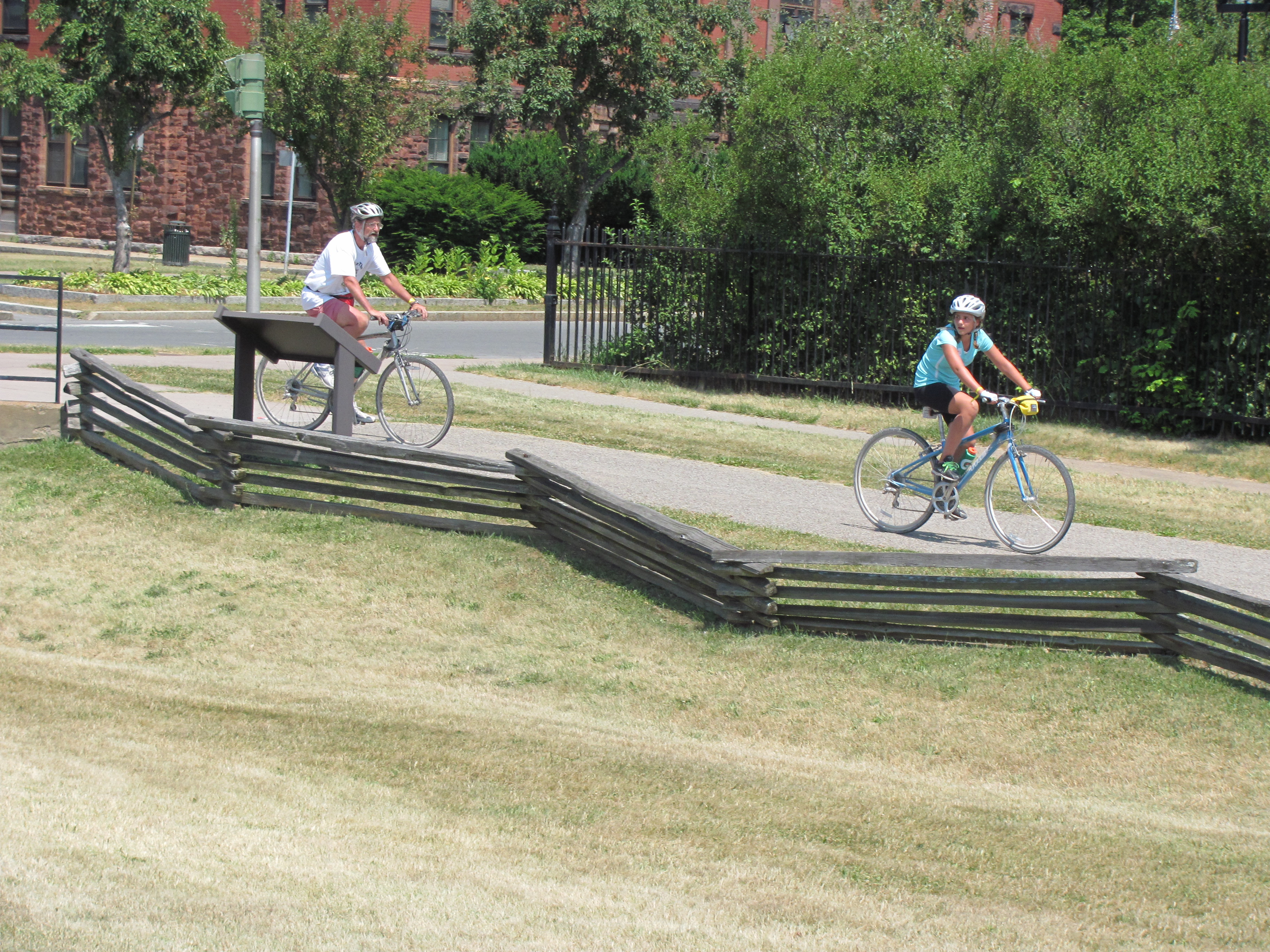
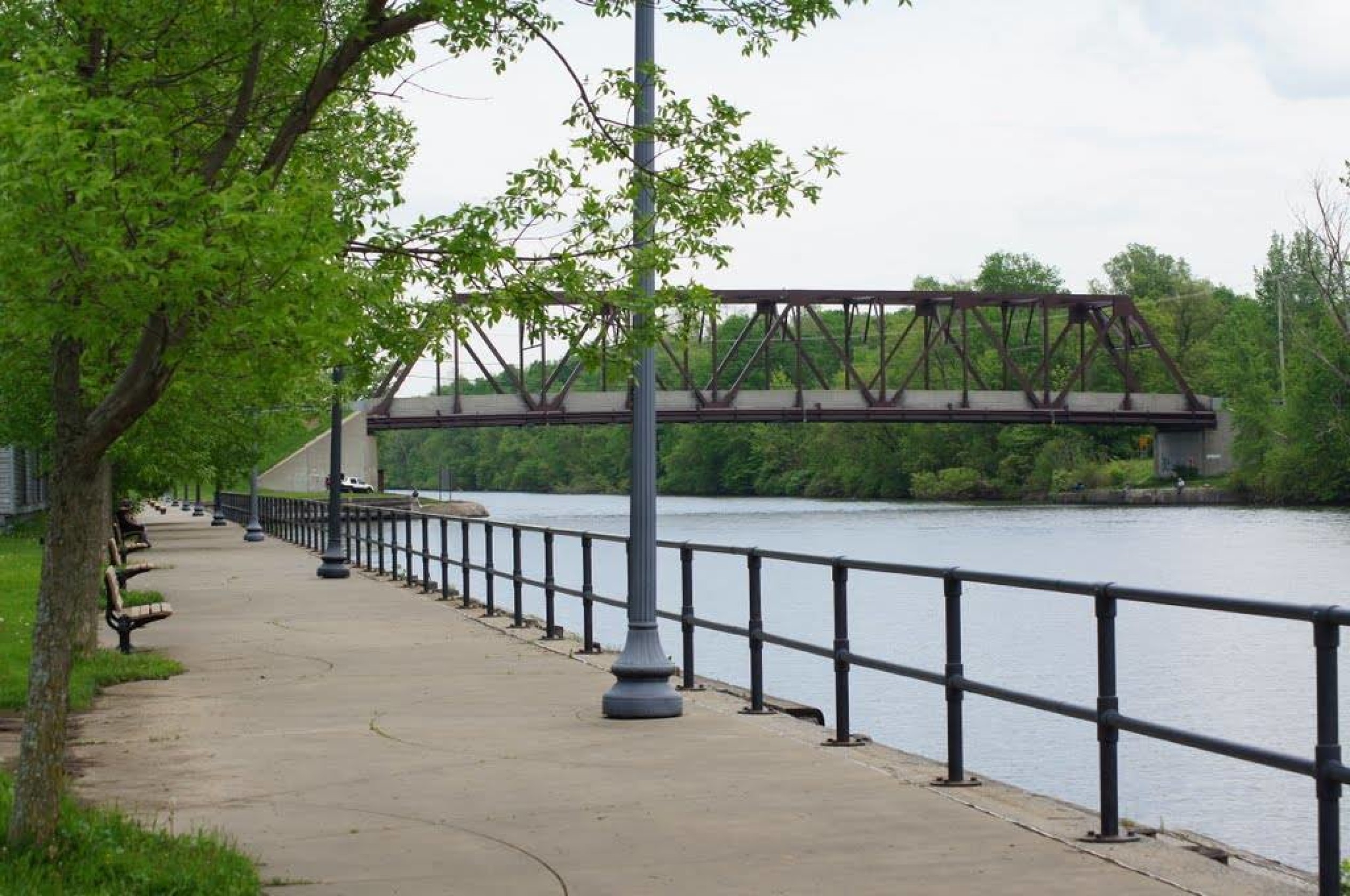
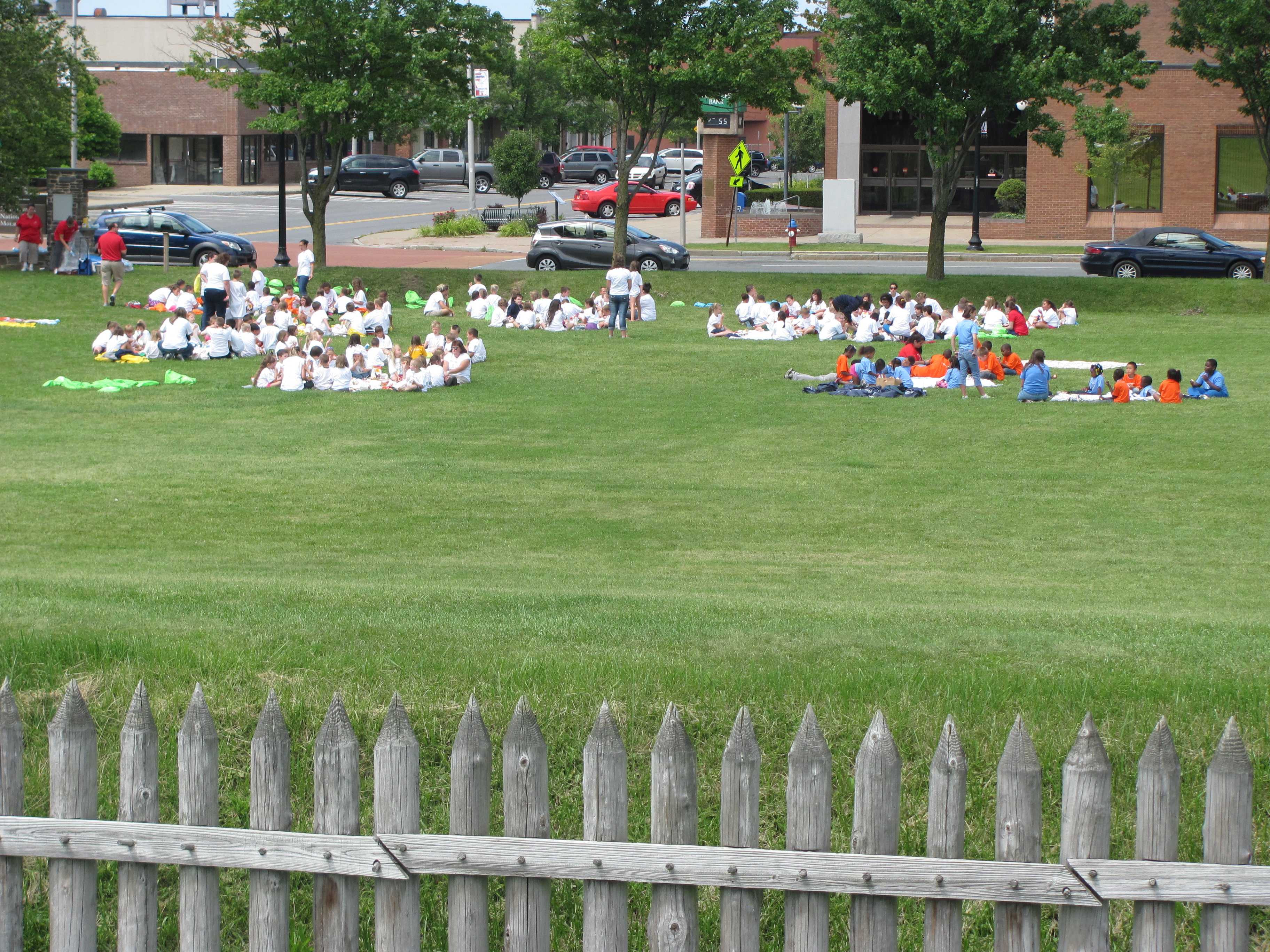

|
| Tours |
Count: 4
Fort Stanwix Room TourExplore the various rooms inside the recreated Fort Stanwix. Learn about the people who lived within and their stories. Puzzle Discovery AdventurePerfect for families exploring the fort with little ones or aspiring Junior Rangers! This special tour has questions and riddles to help them learn more about the history. Start your adventure in the fort by visiting each of the fort’s rooms and reading the information signs at each spot. These signs will provide answers to each of the quest questions. When you’ve answered each of the fort questions, your adventure takes you outside of the fort to other interesting places nearby. The Making of a National MonumentThis tour traces the planning and development of the park and how the reconstructed Fort Stanwix came into being. The Siege of 1777The siege of the fort began officially on August 3, 1777 when the British sent their first surrender demands to the fort, and would continue through the next 21 days. By the end of this crucial moment, the American forces at what was then Fort Schuyler set the stage for an even larger victory at Saratoga. They also became known as the garrison of the "Fort That Never Surrendered." Hear their stories in this special walking tour. |
| Articles |
|